Workplaces for All Abilities













Connecting the dots to the working world

JANUARY 24, 1991


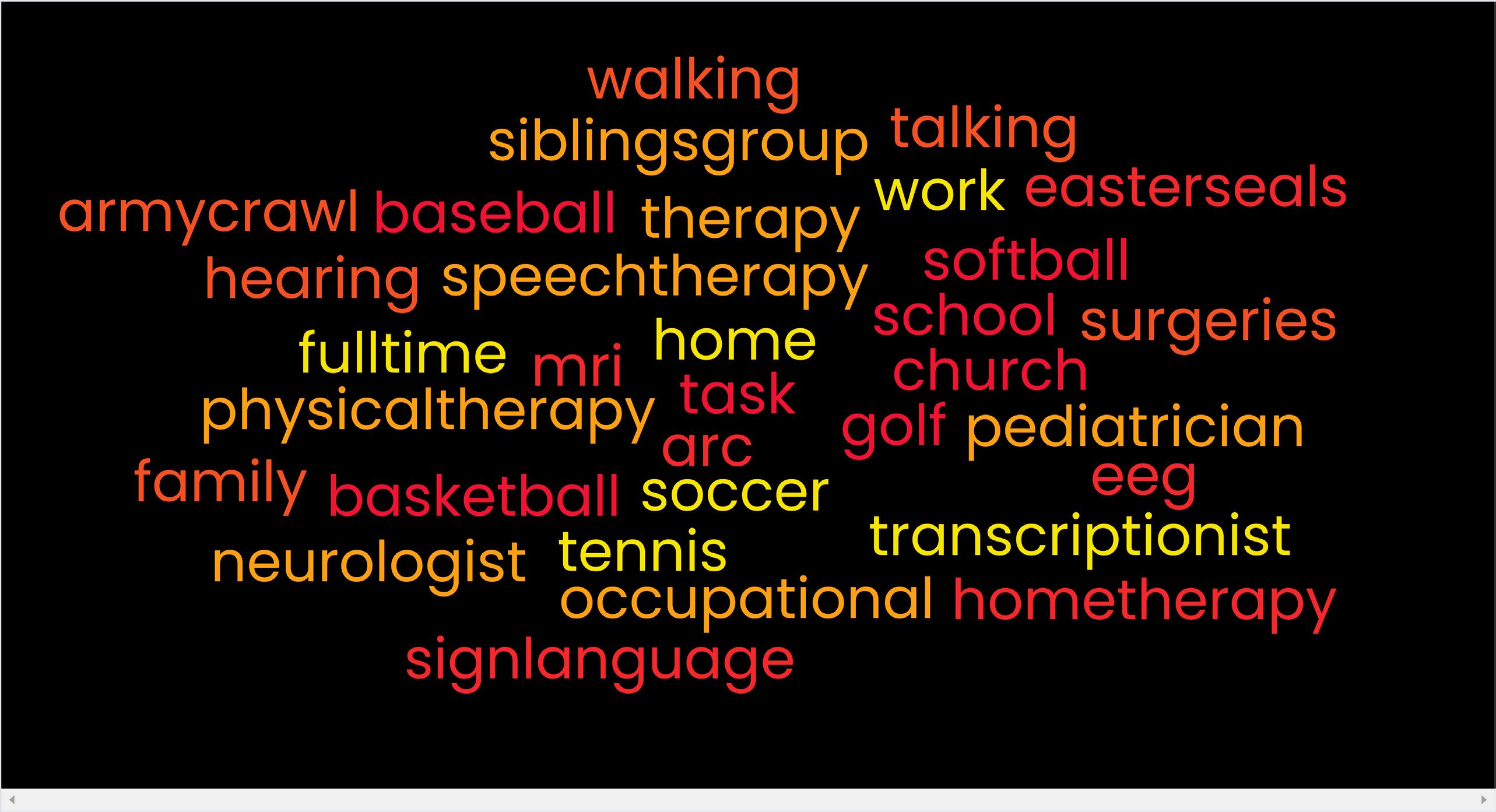
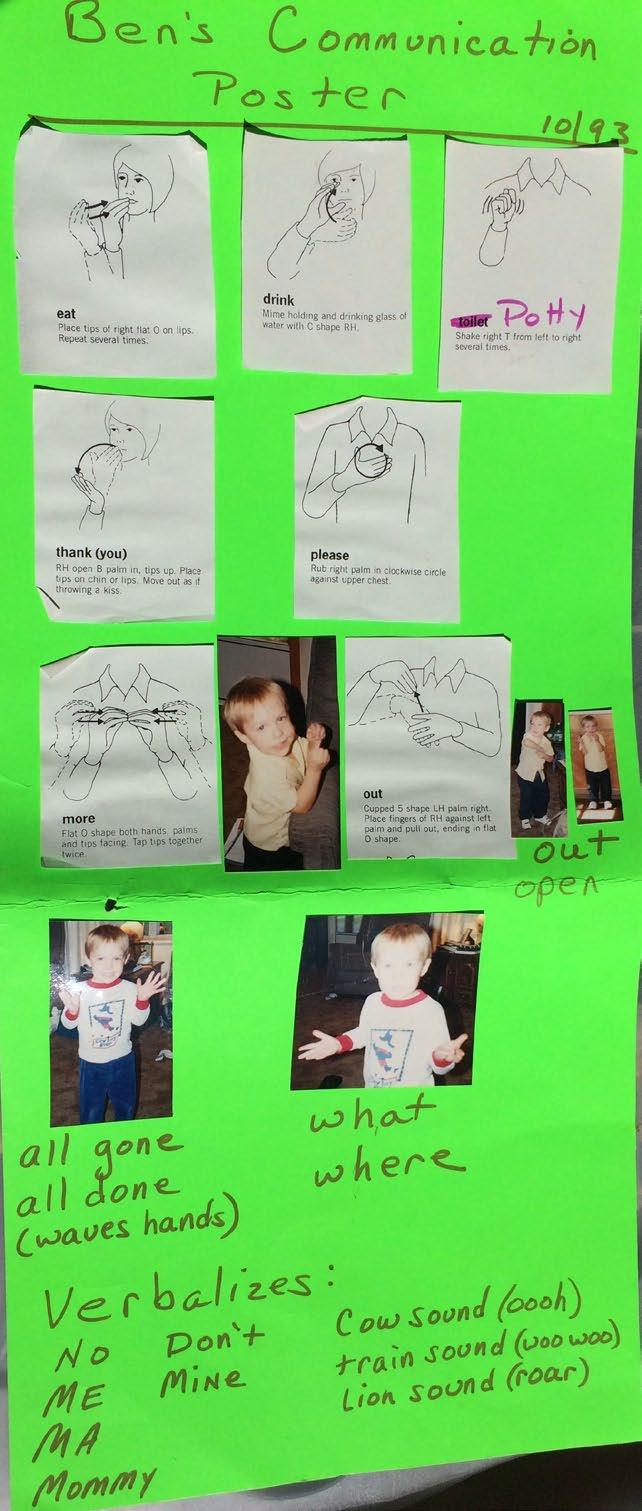

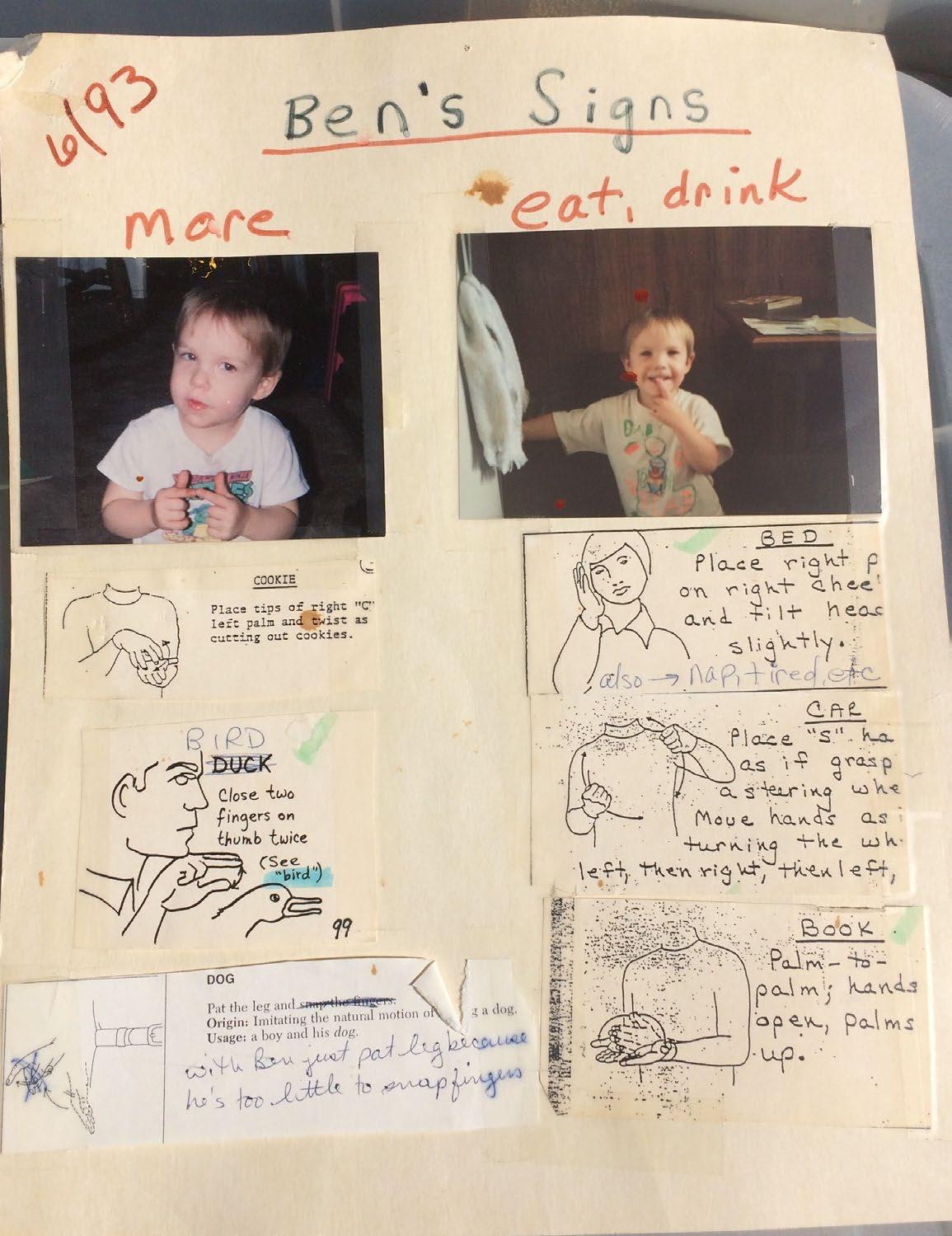


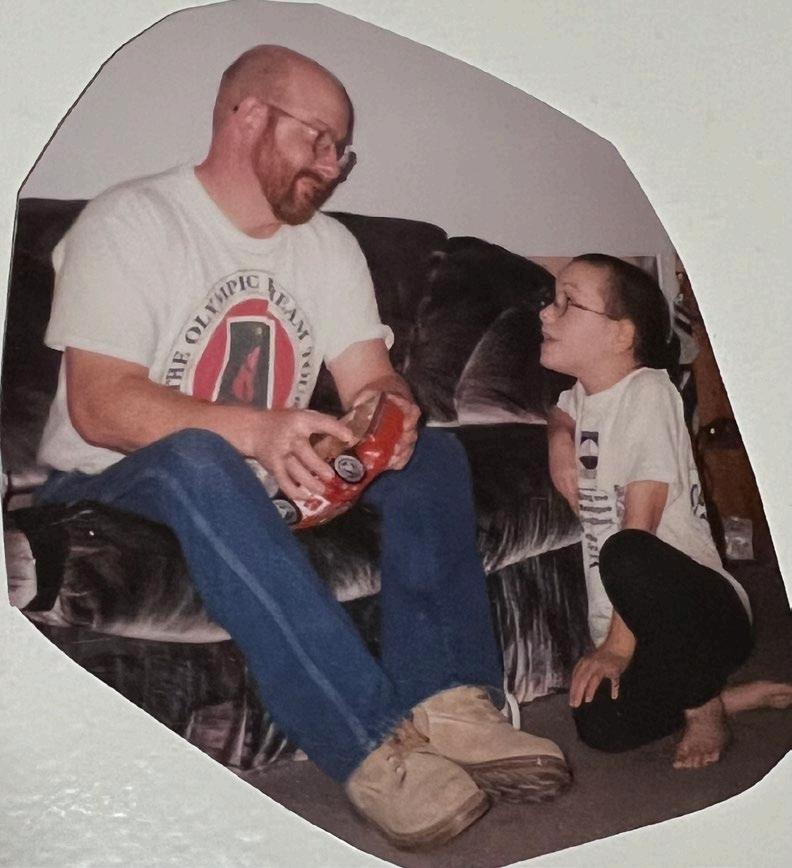
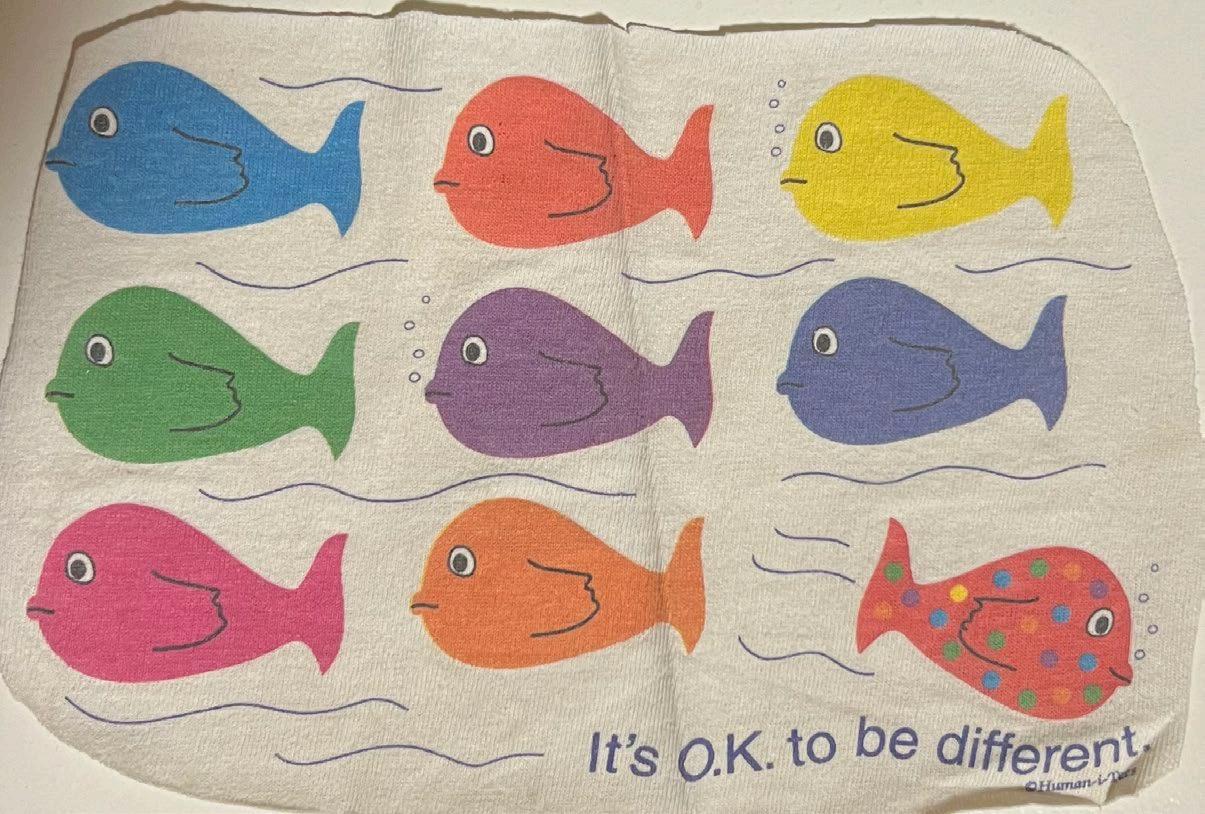







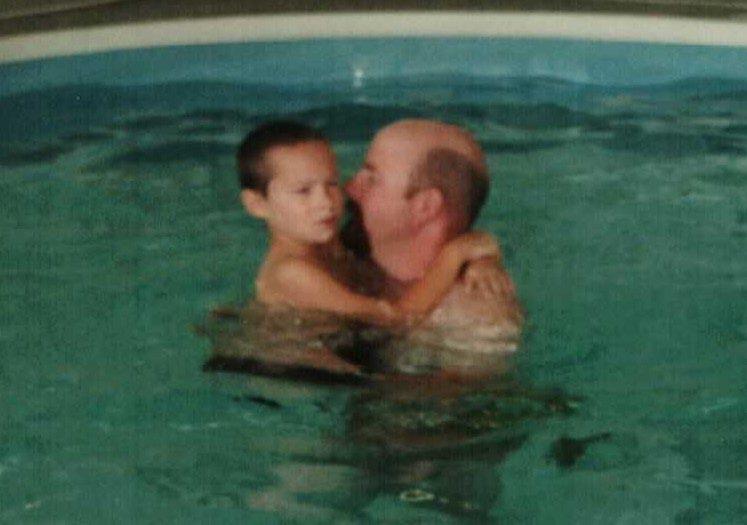
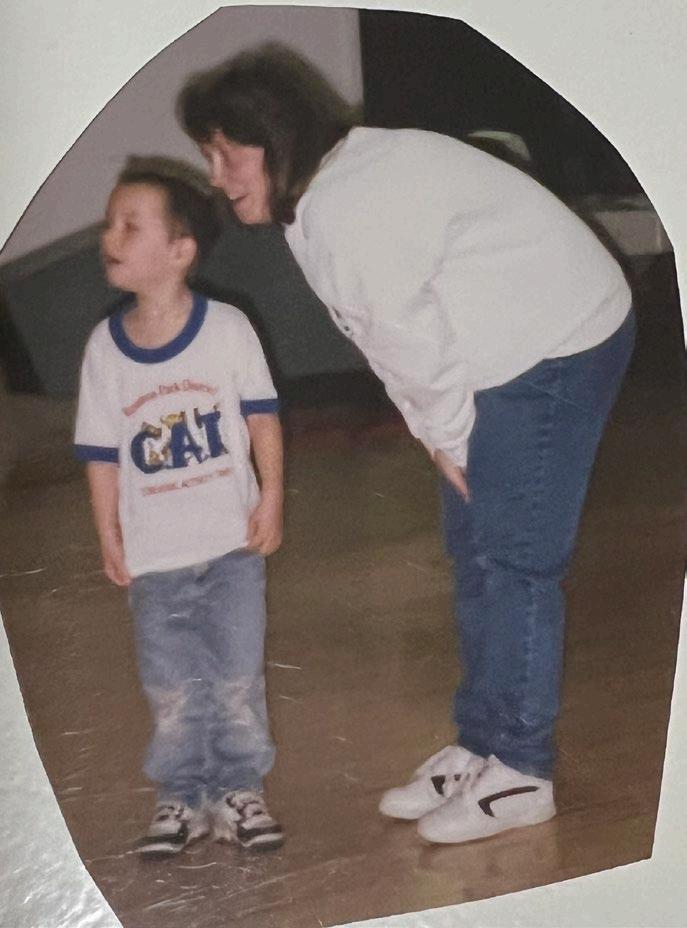


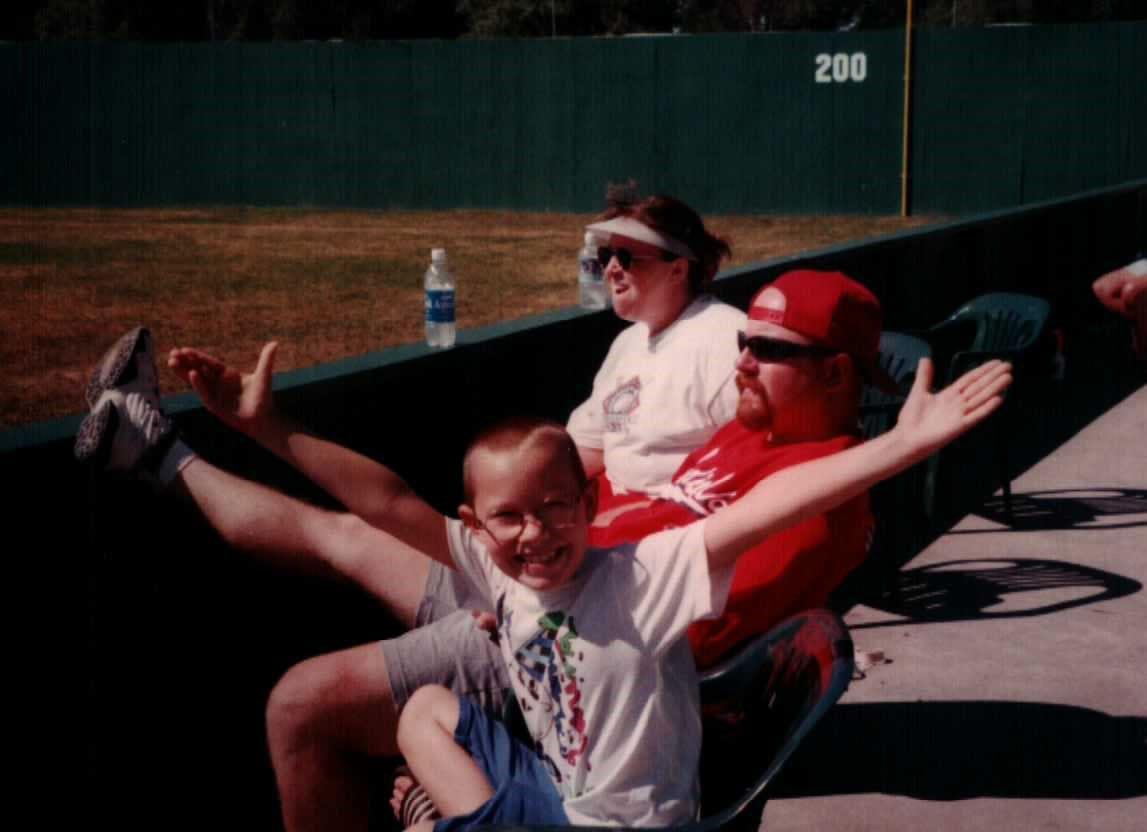





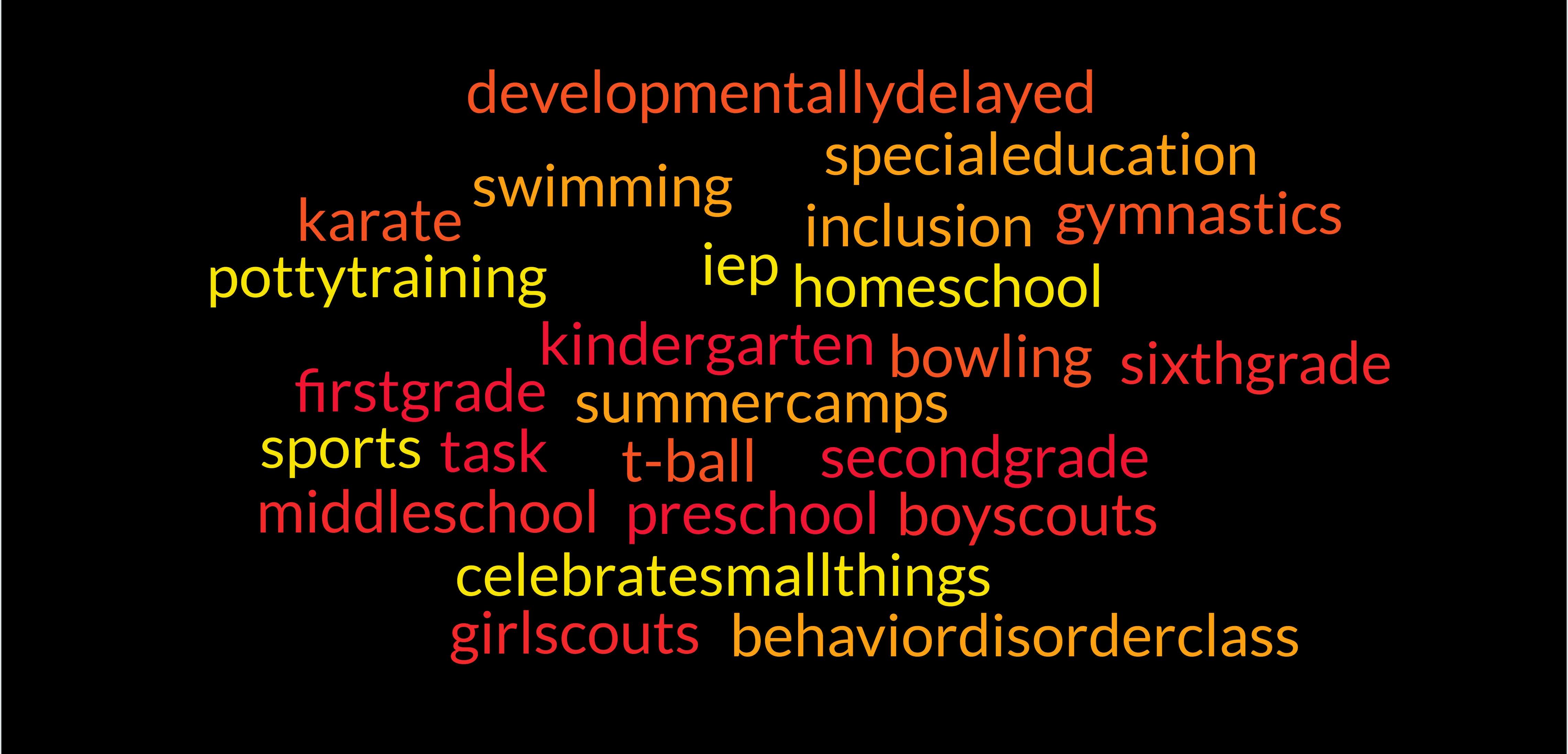
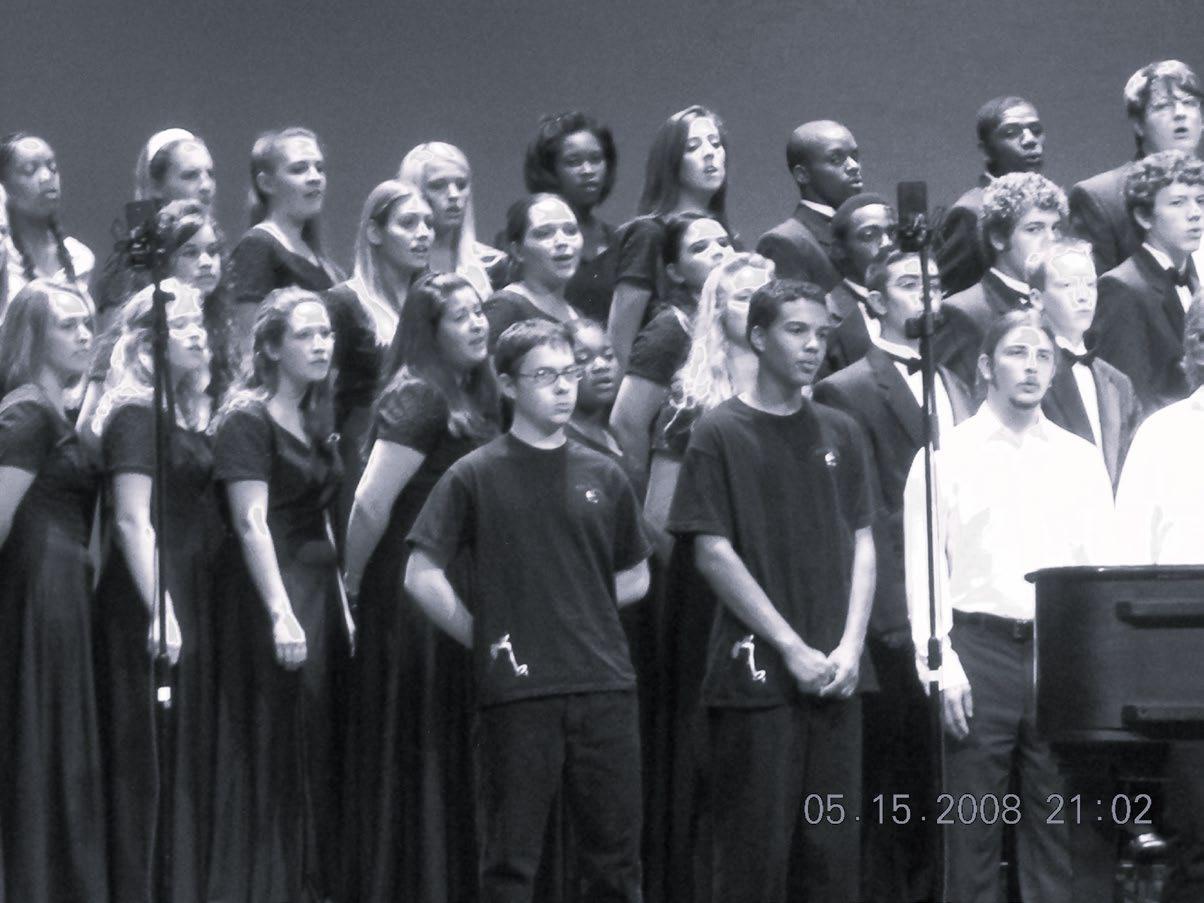

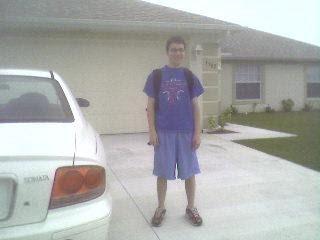


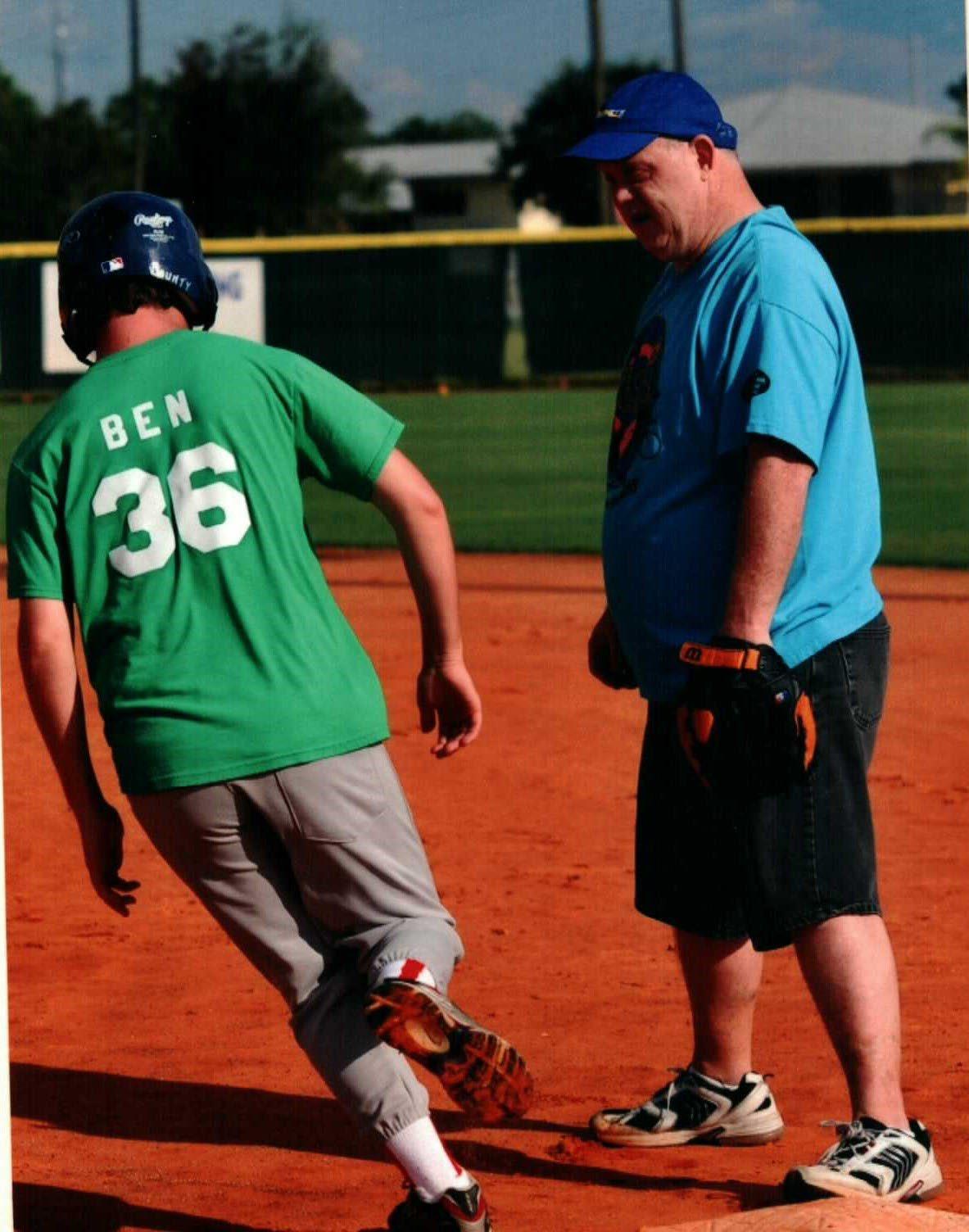
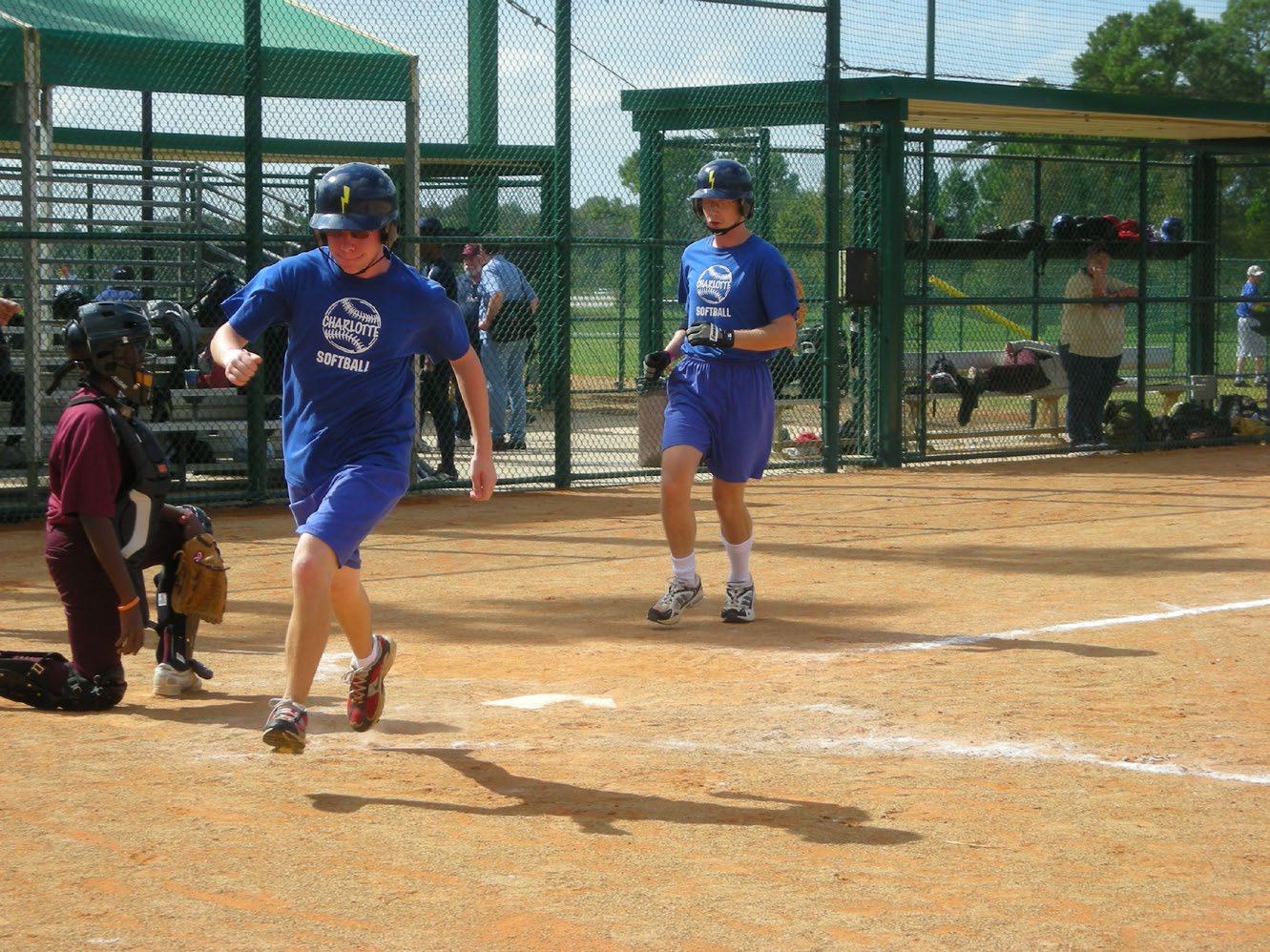
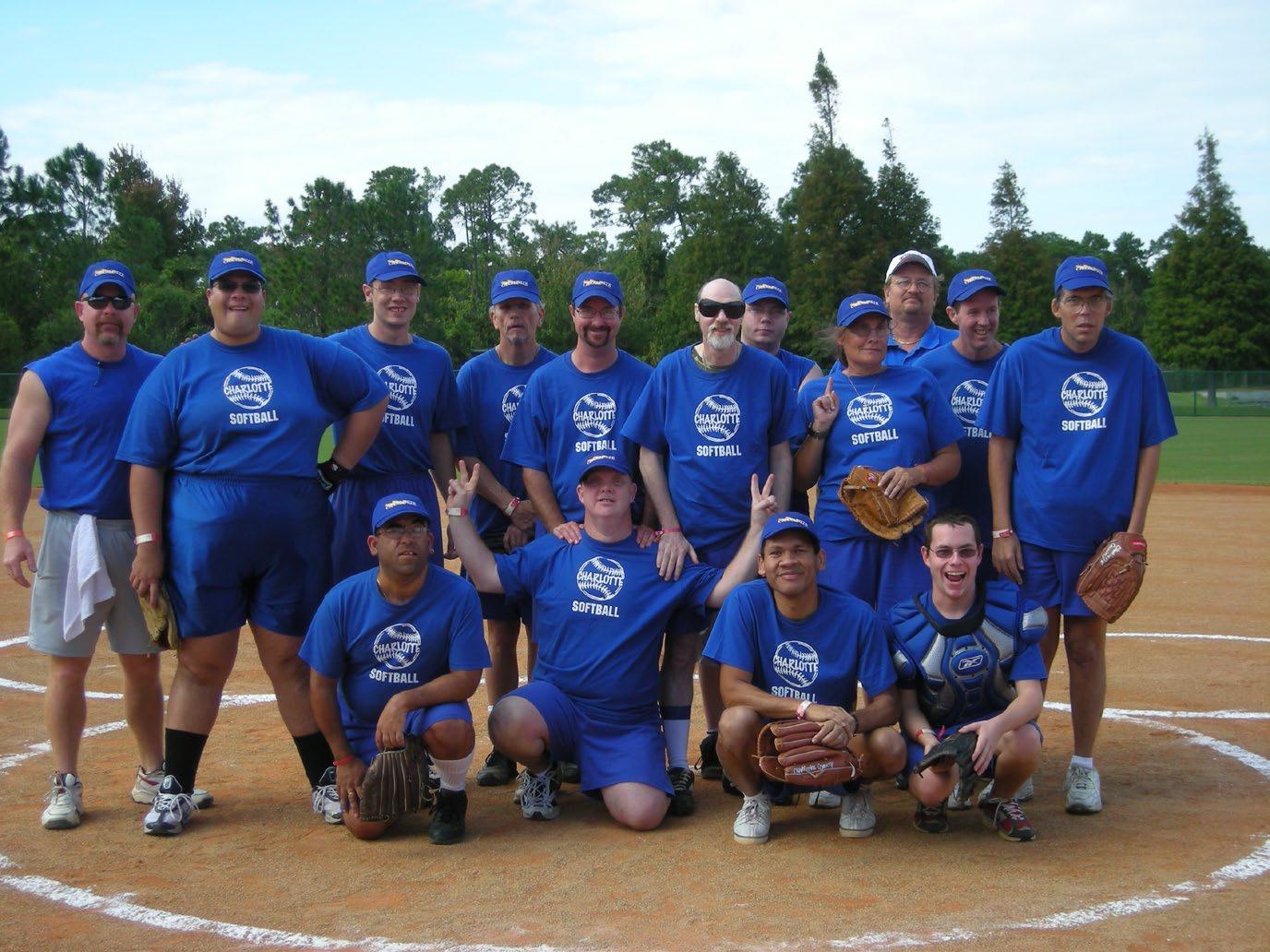


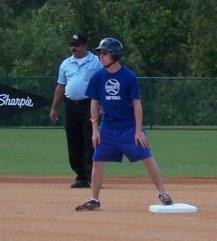
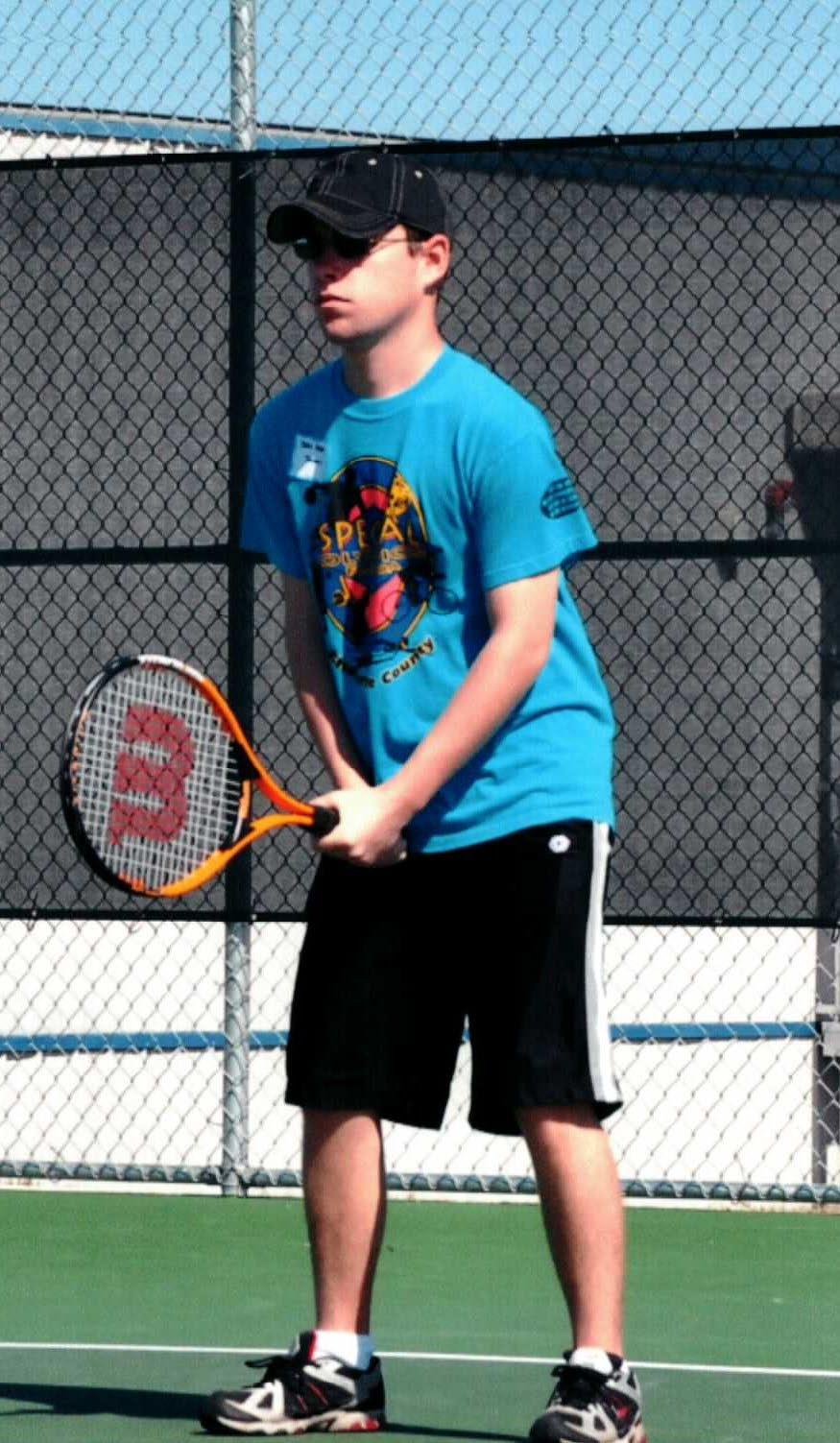
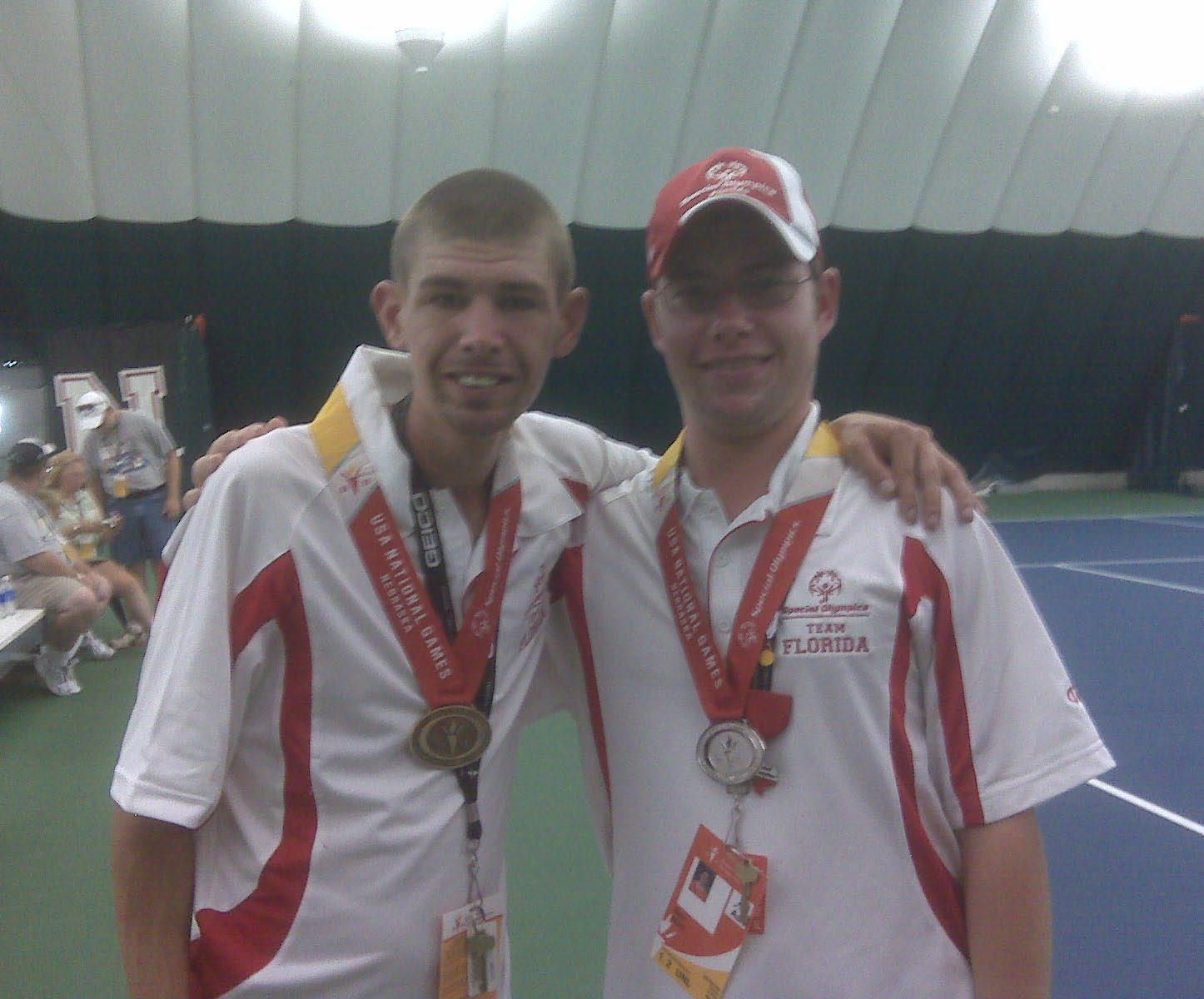

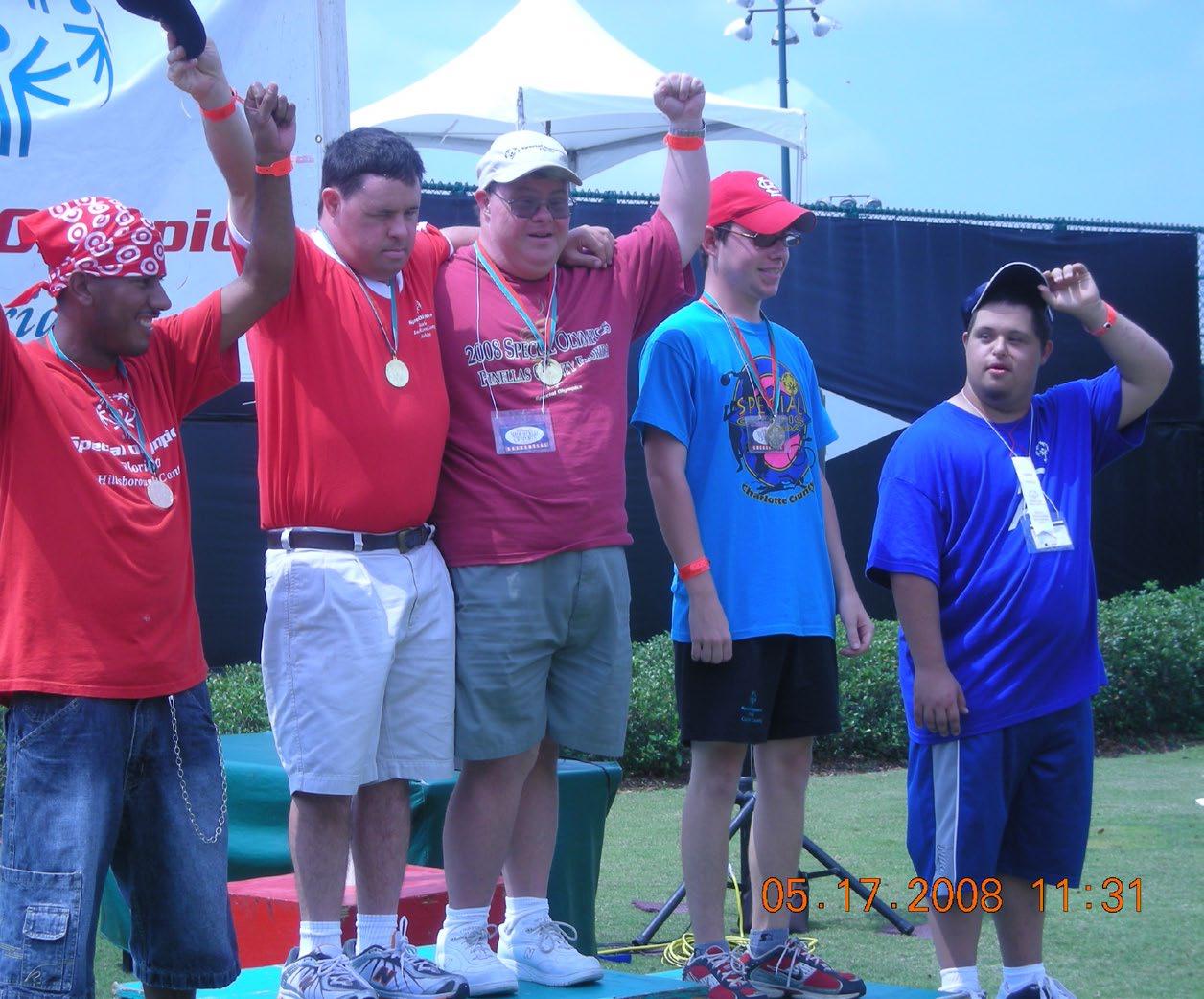
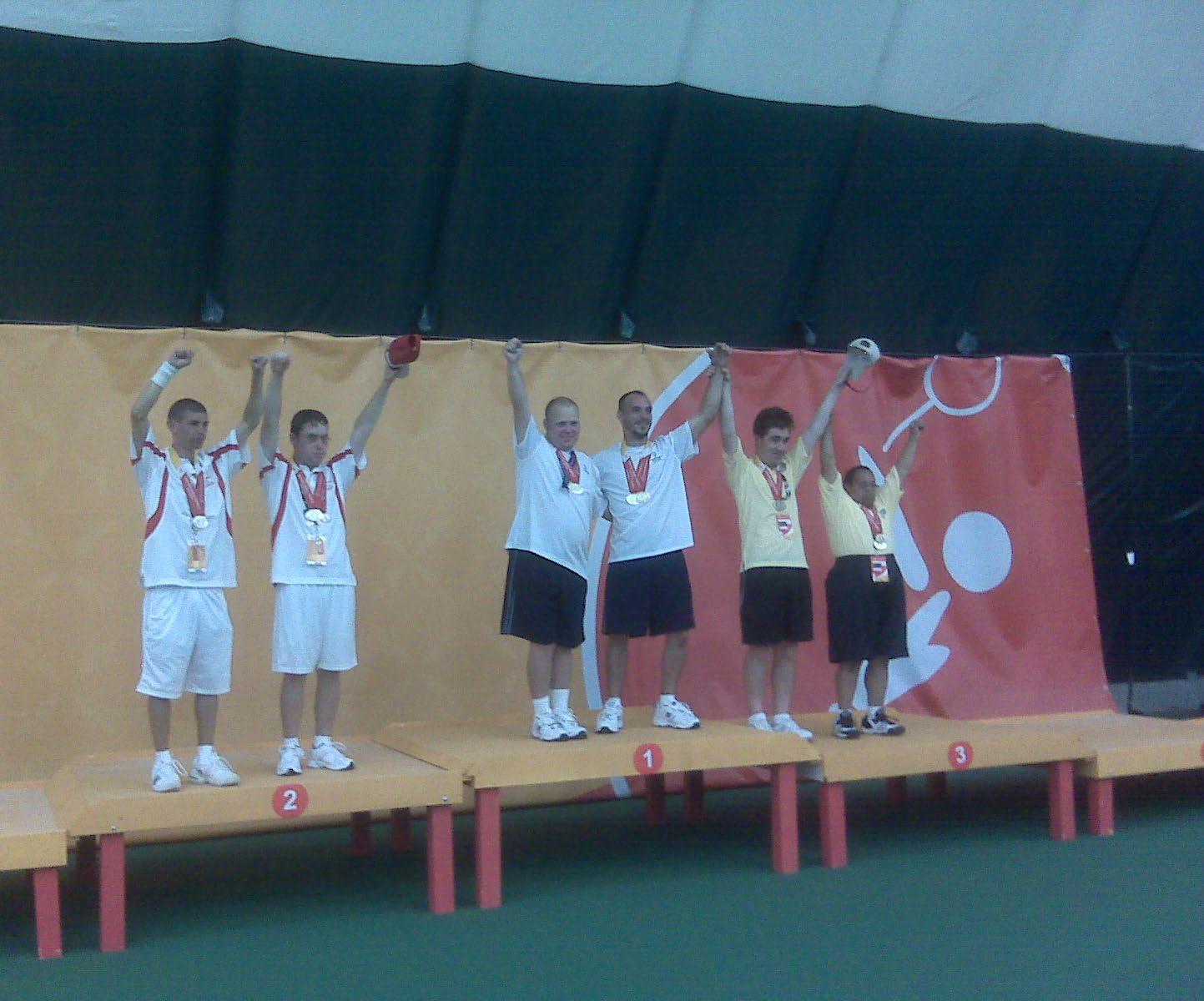

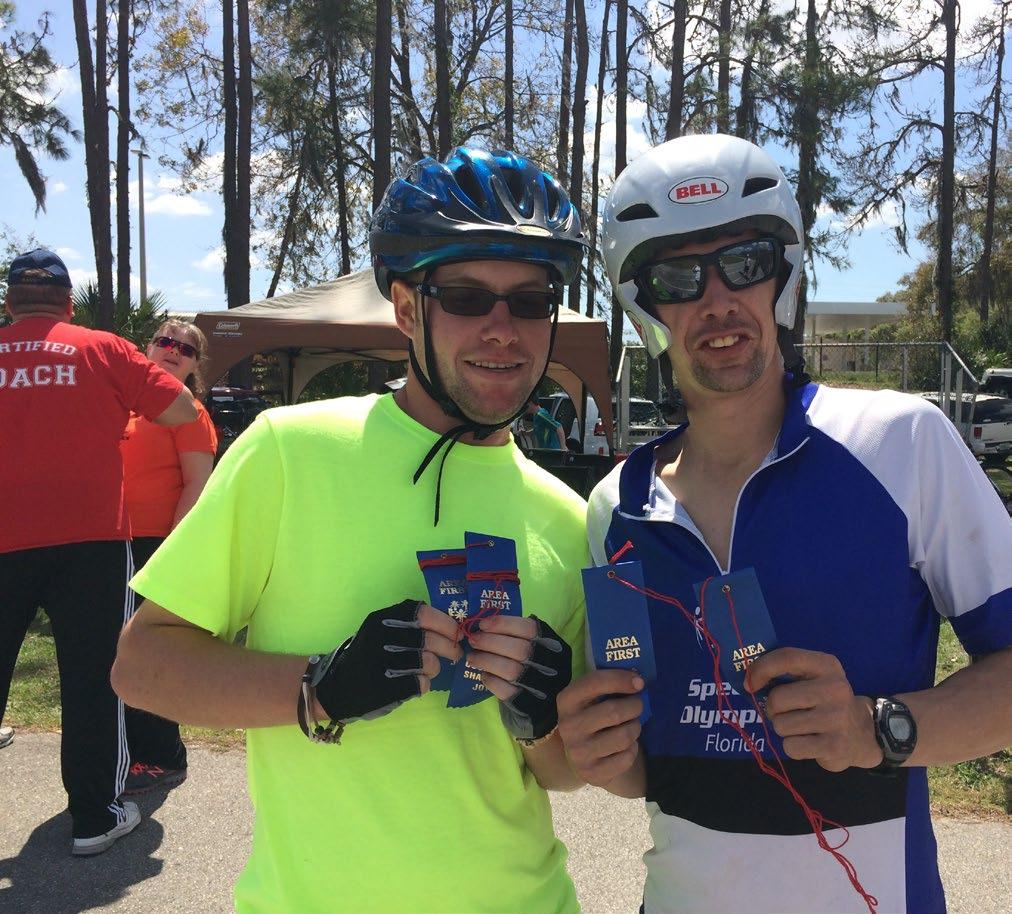
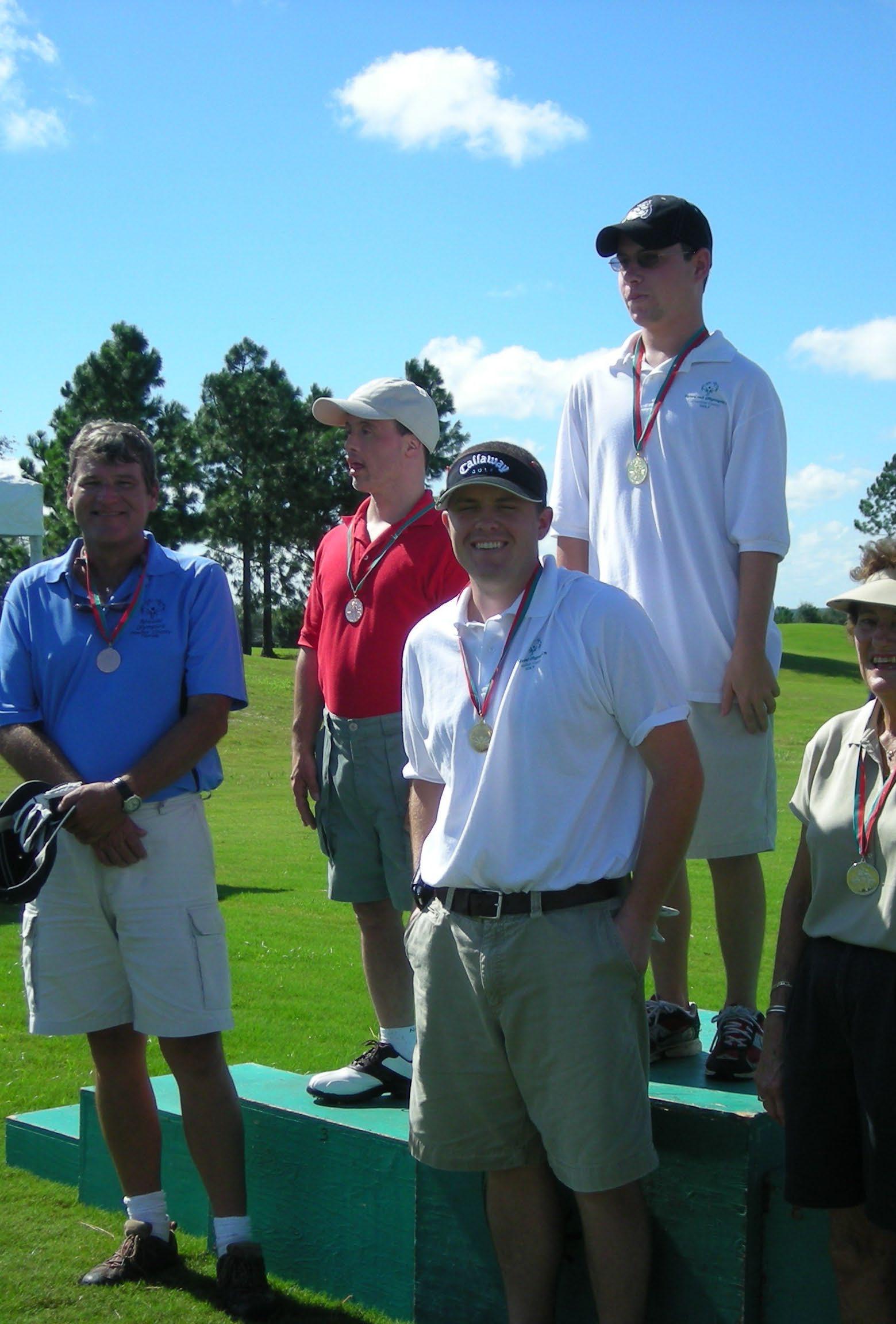

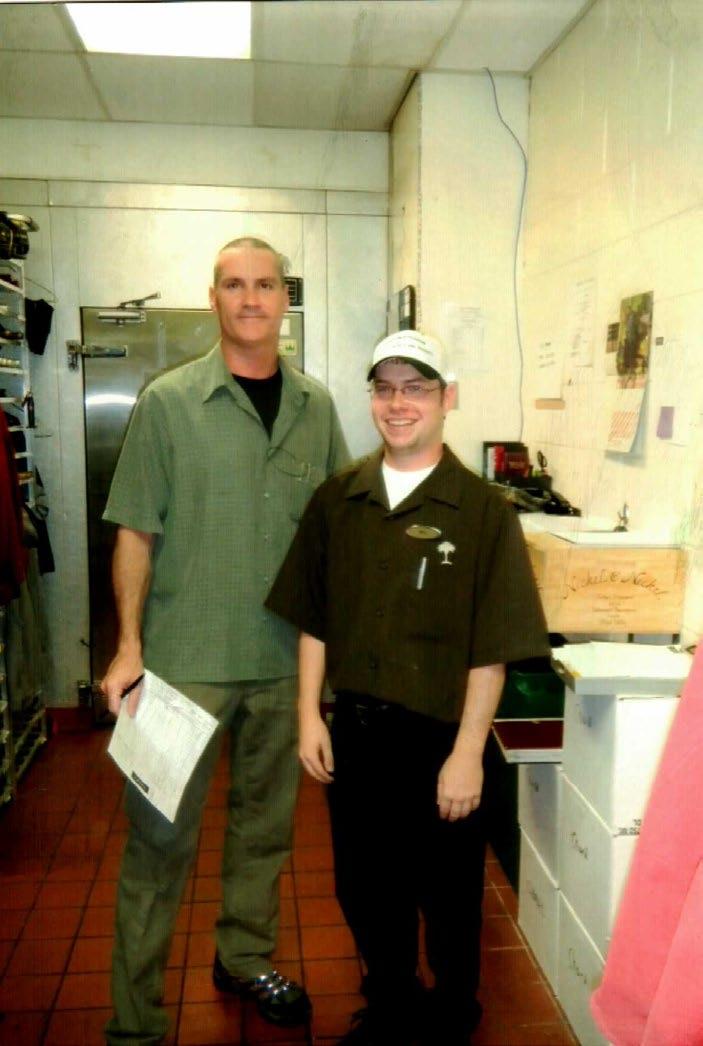


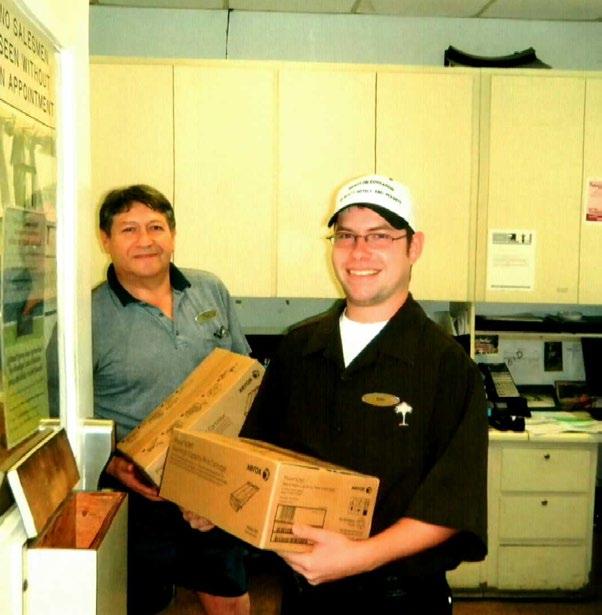
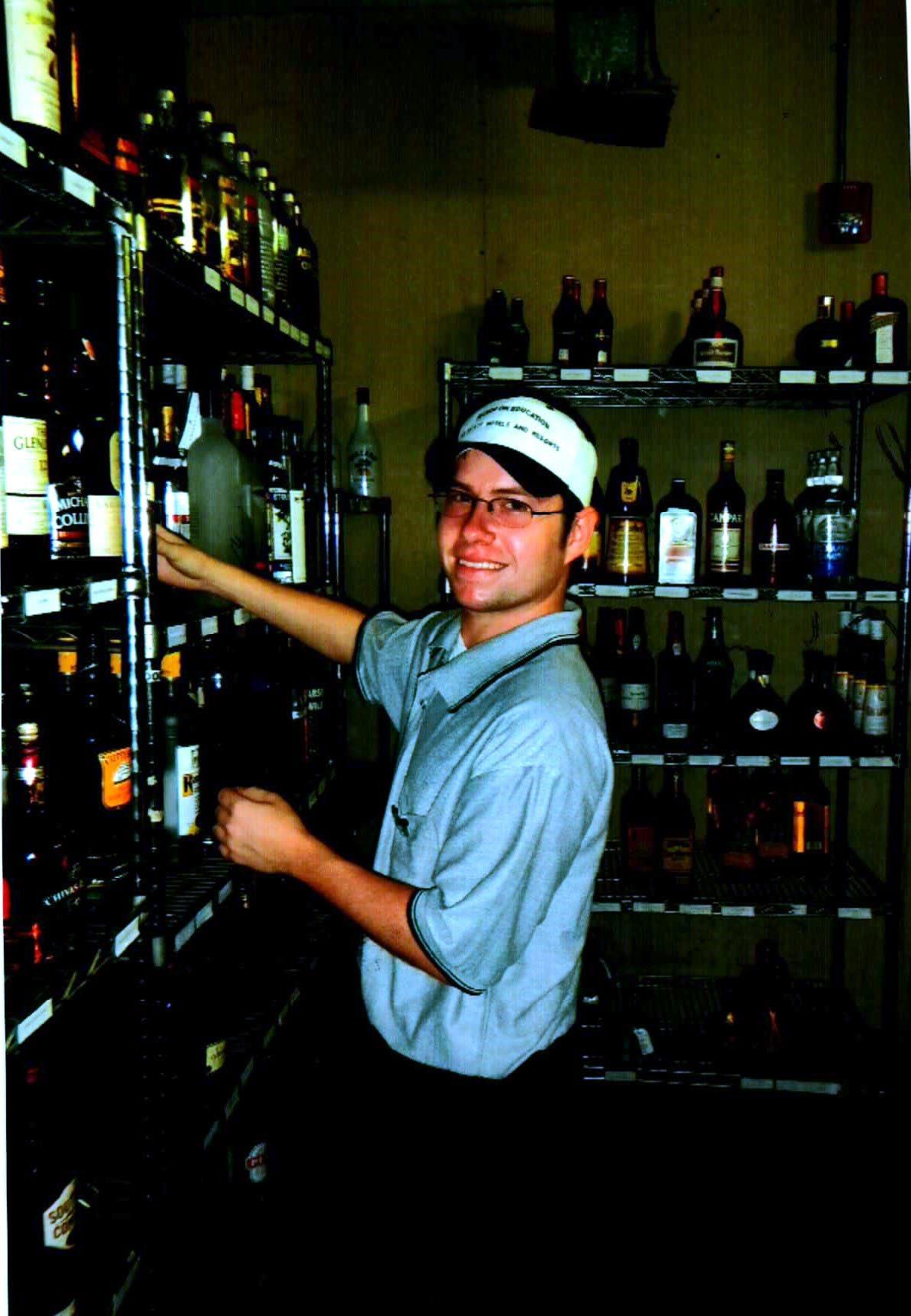

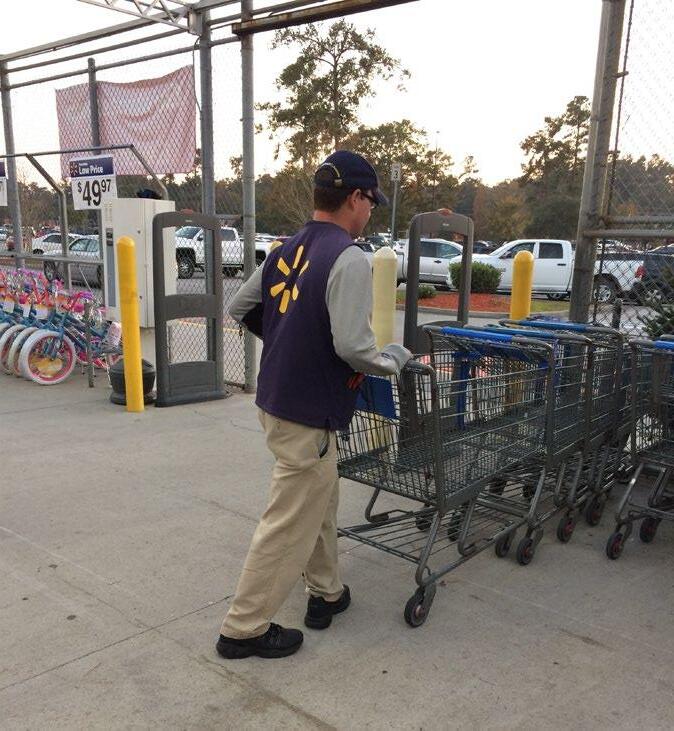
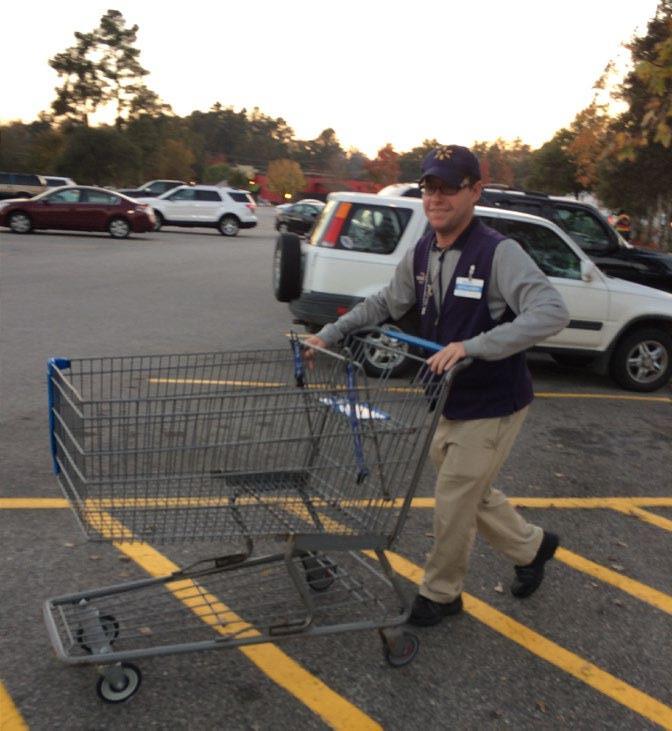

James Island County Park
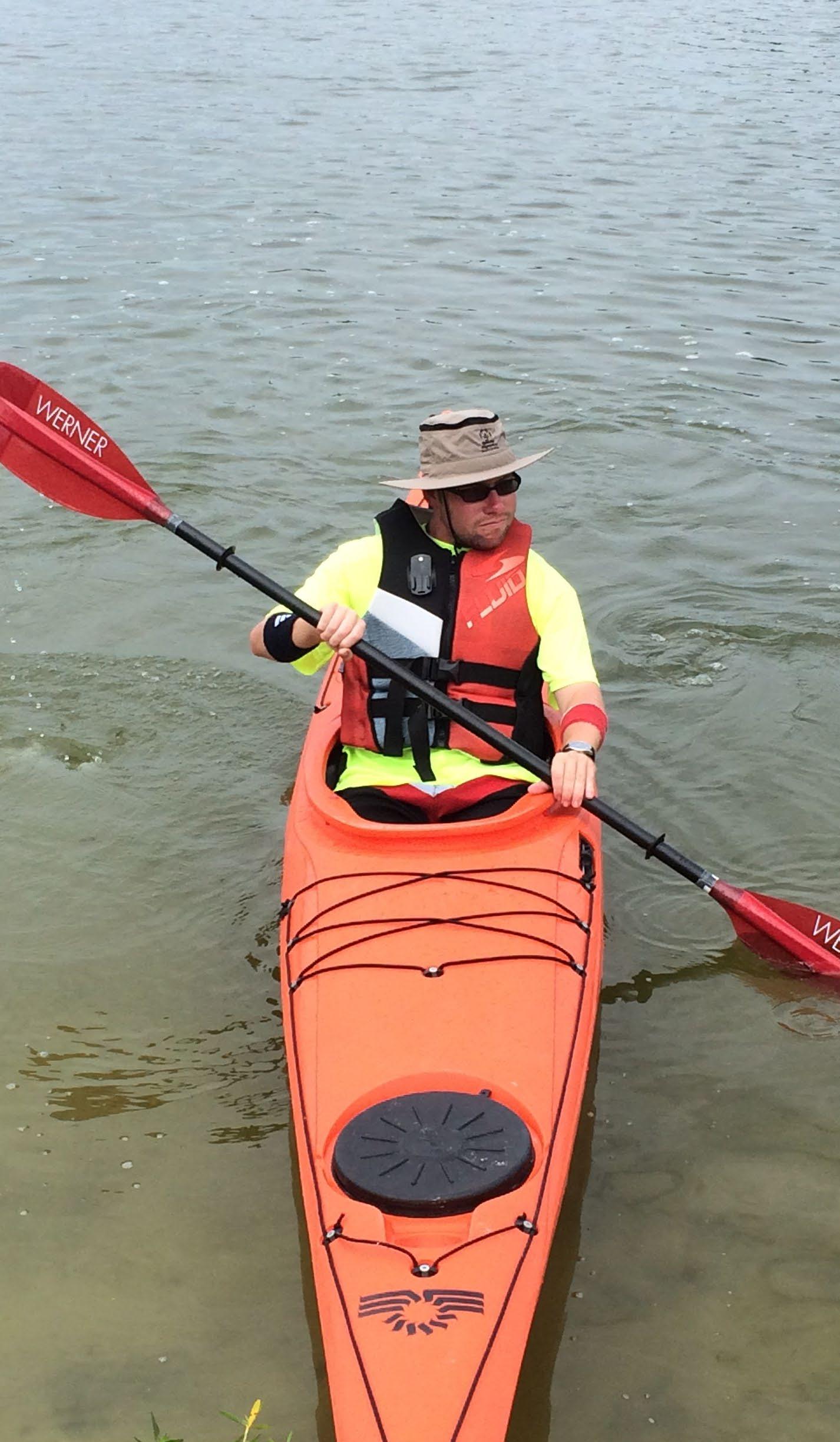
Charleston, SC
Orange County, FL SUP
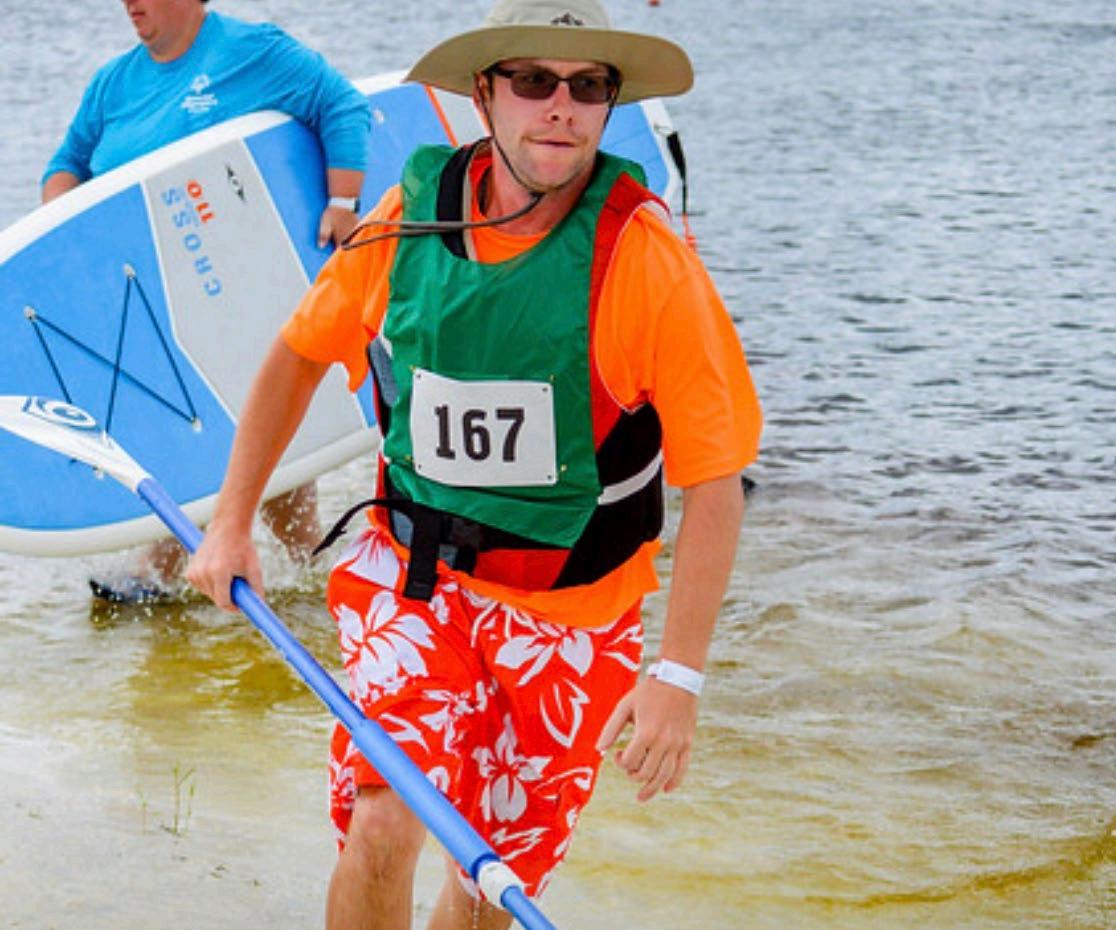
Mt. Pleasant, SC law enforcement led Torch Run Columbia, SC state games

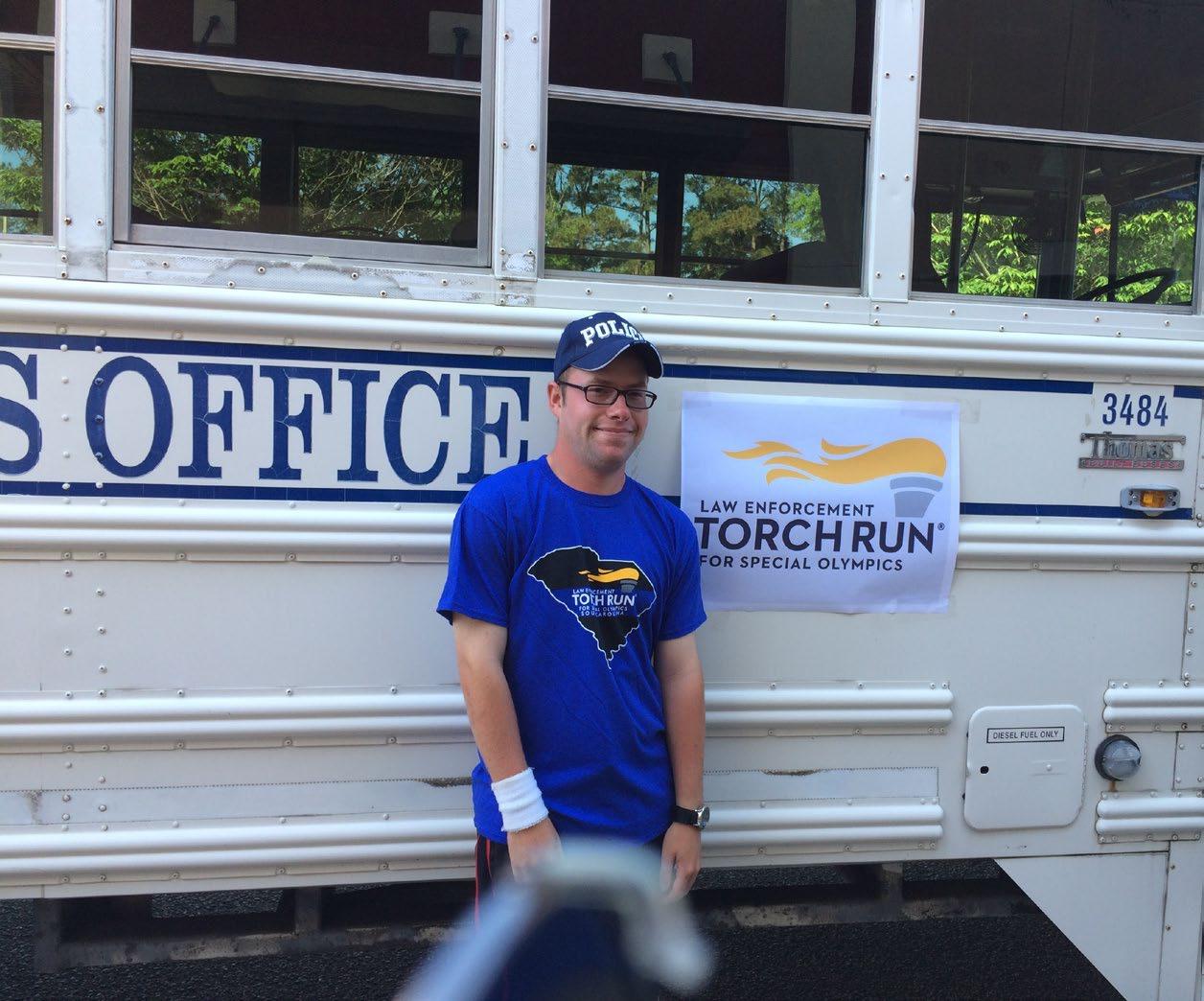
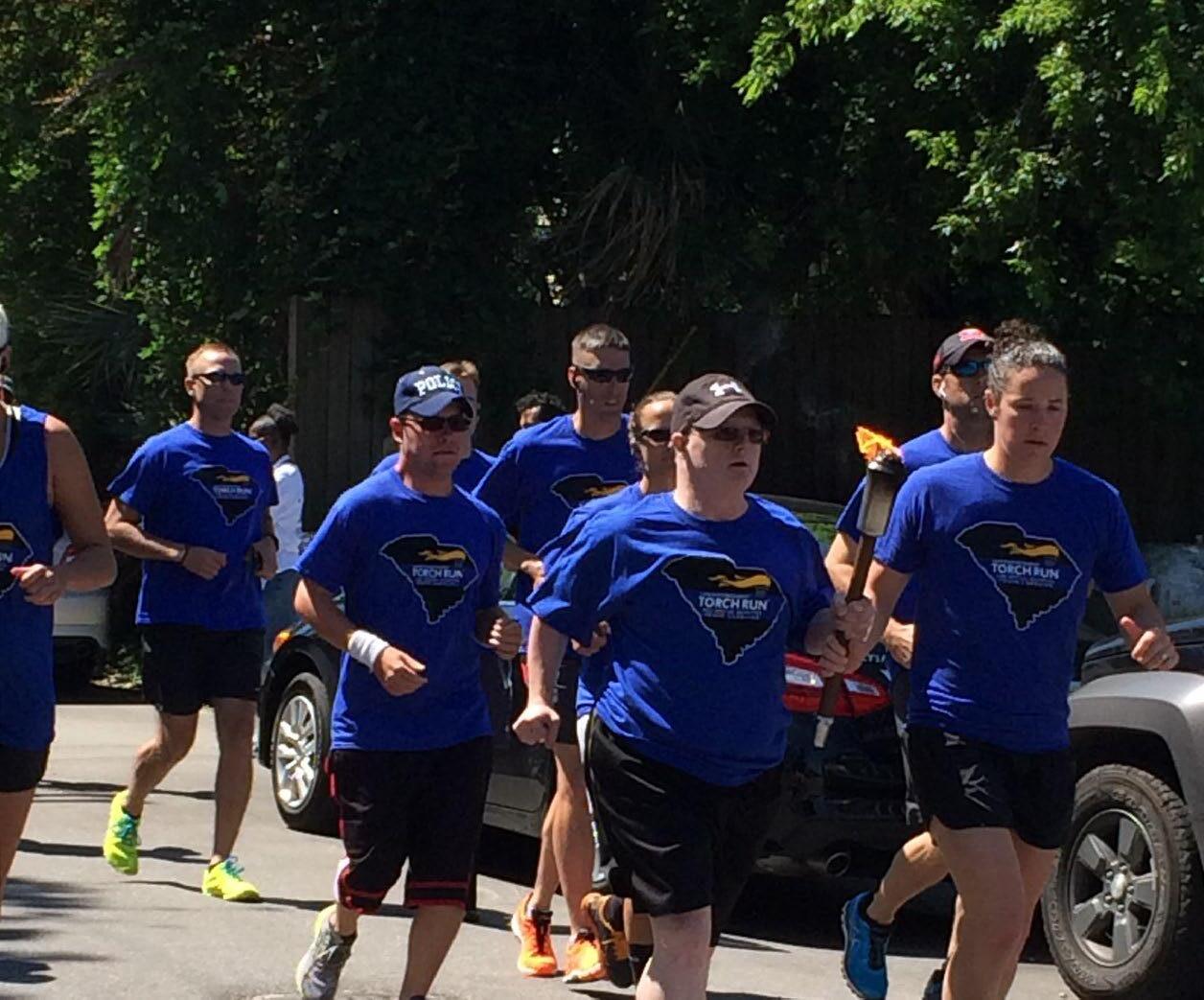
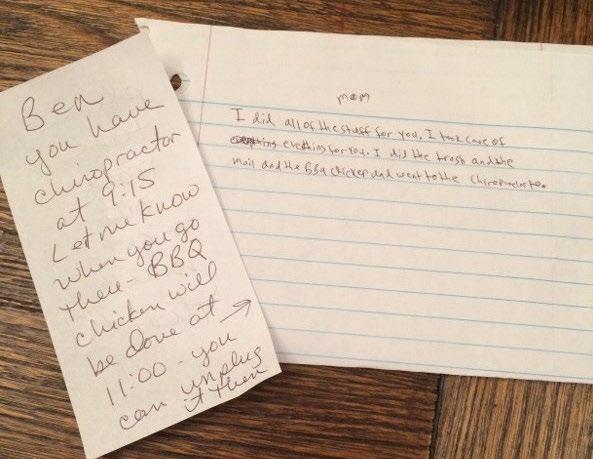

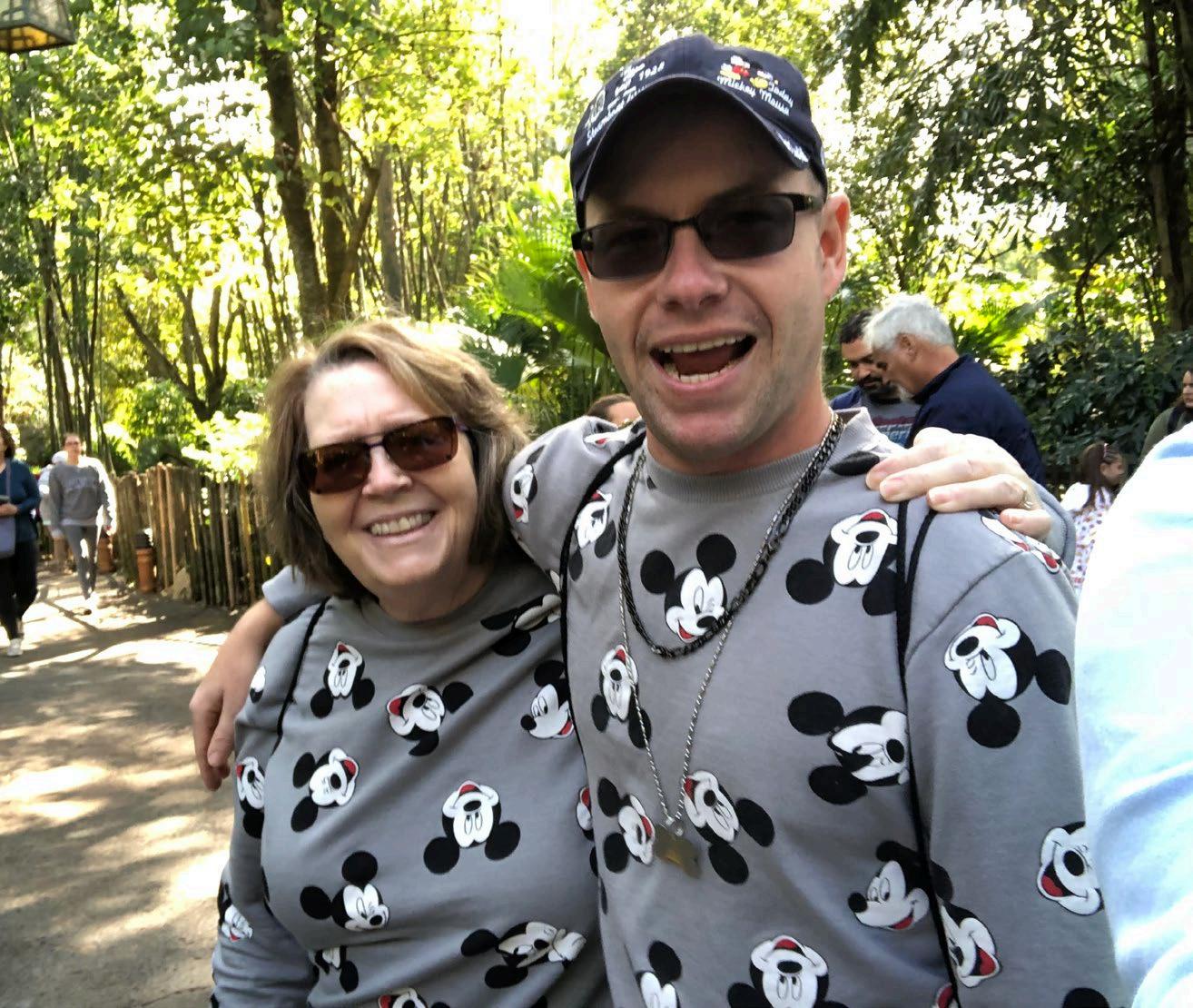
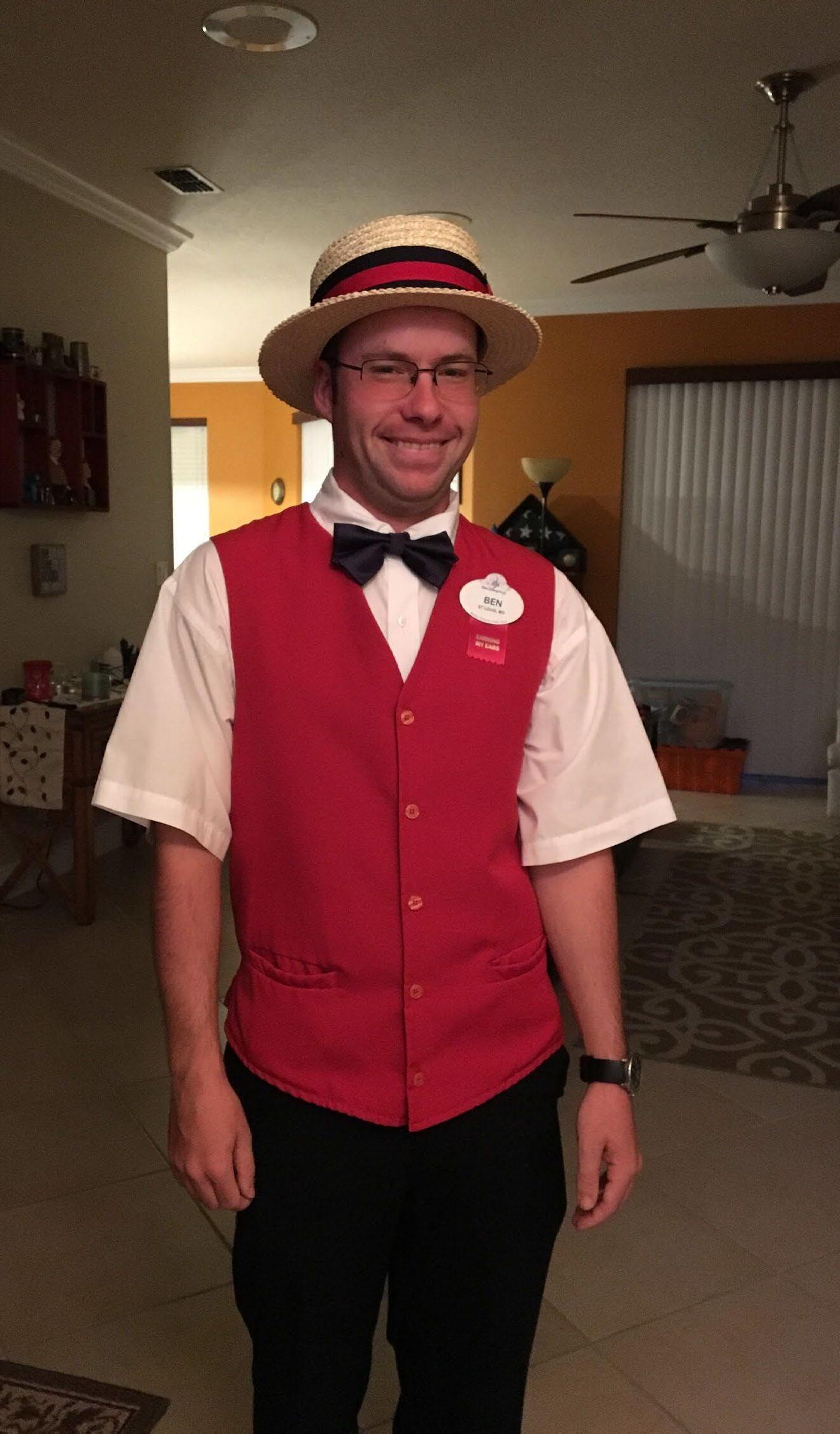

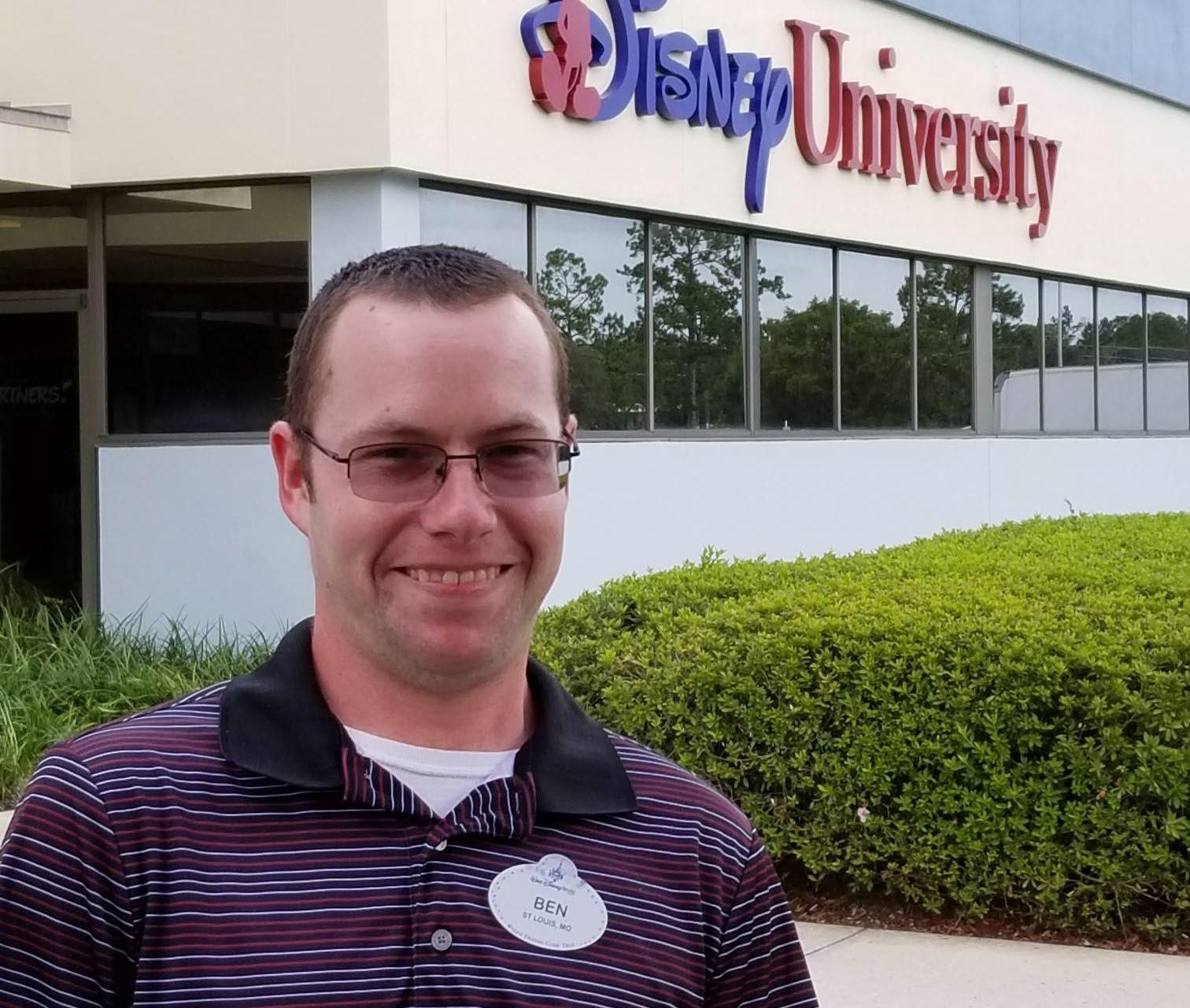
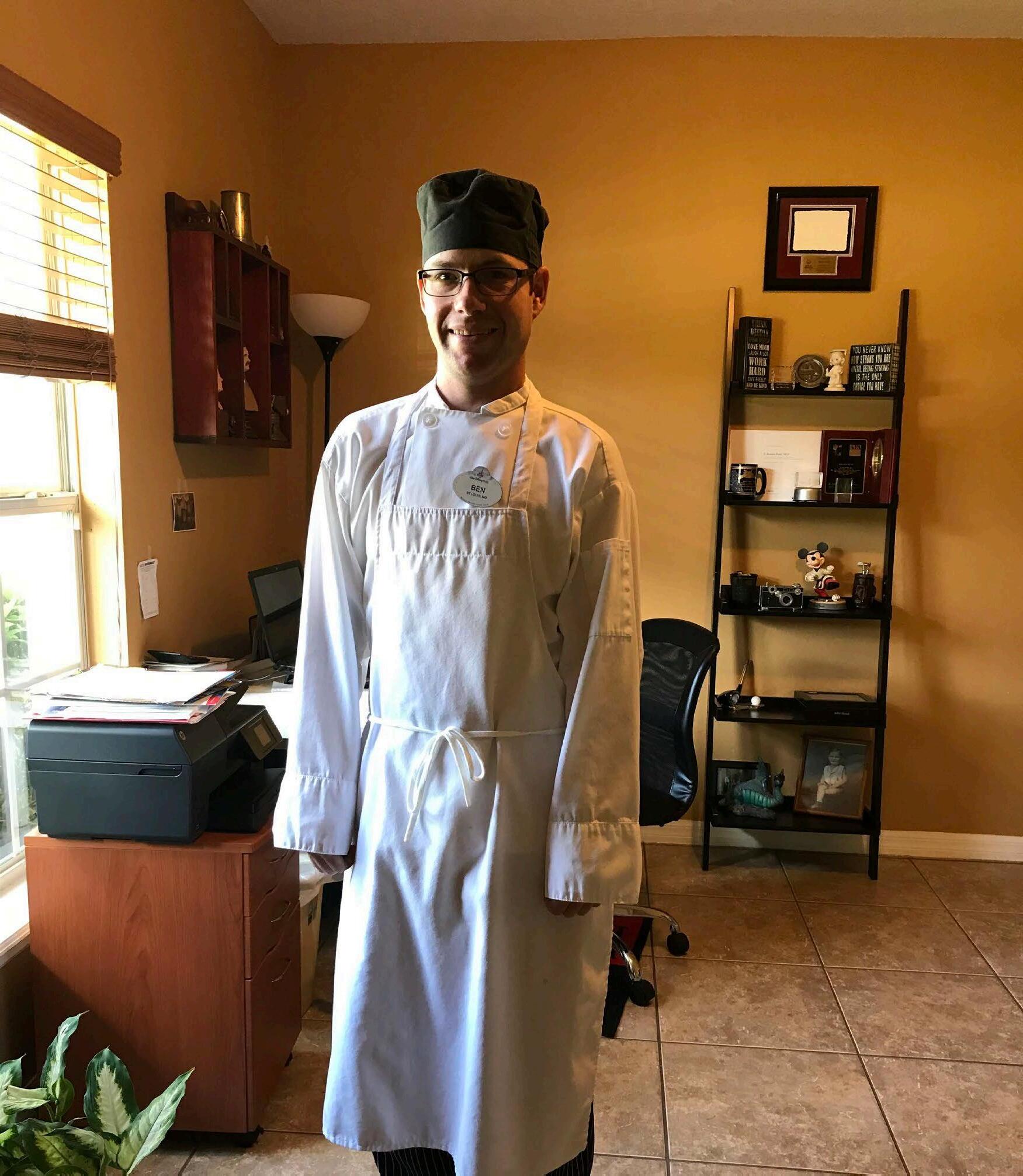
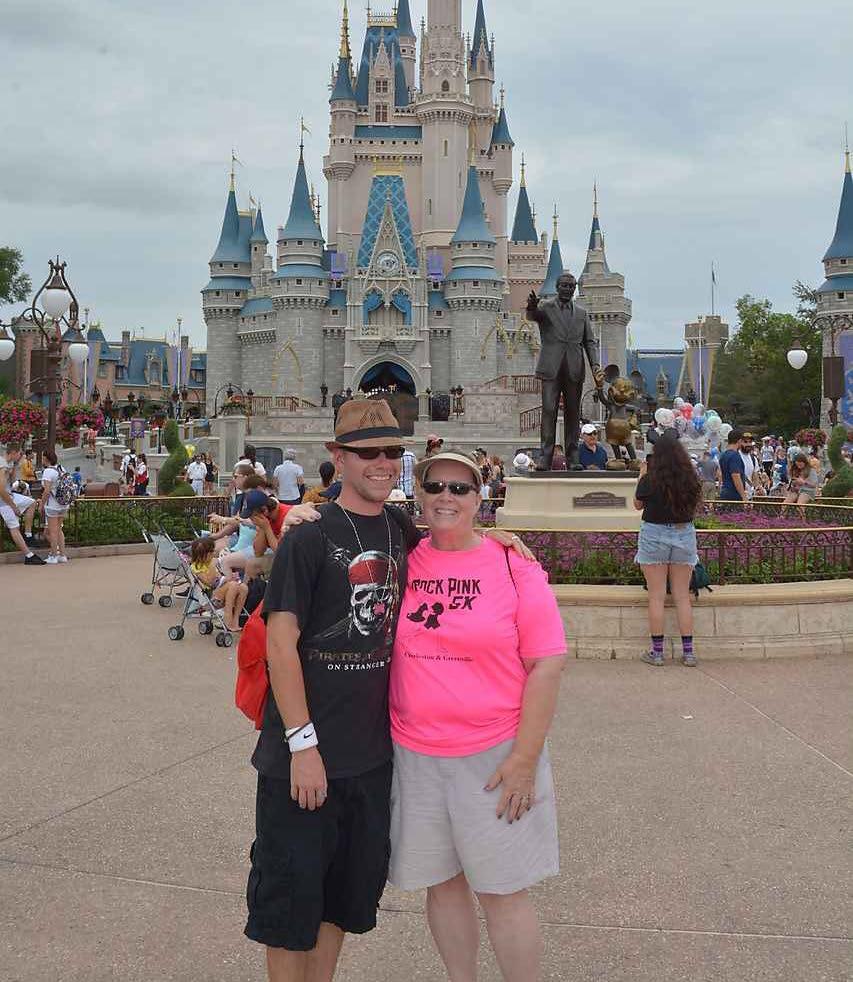
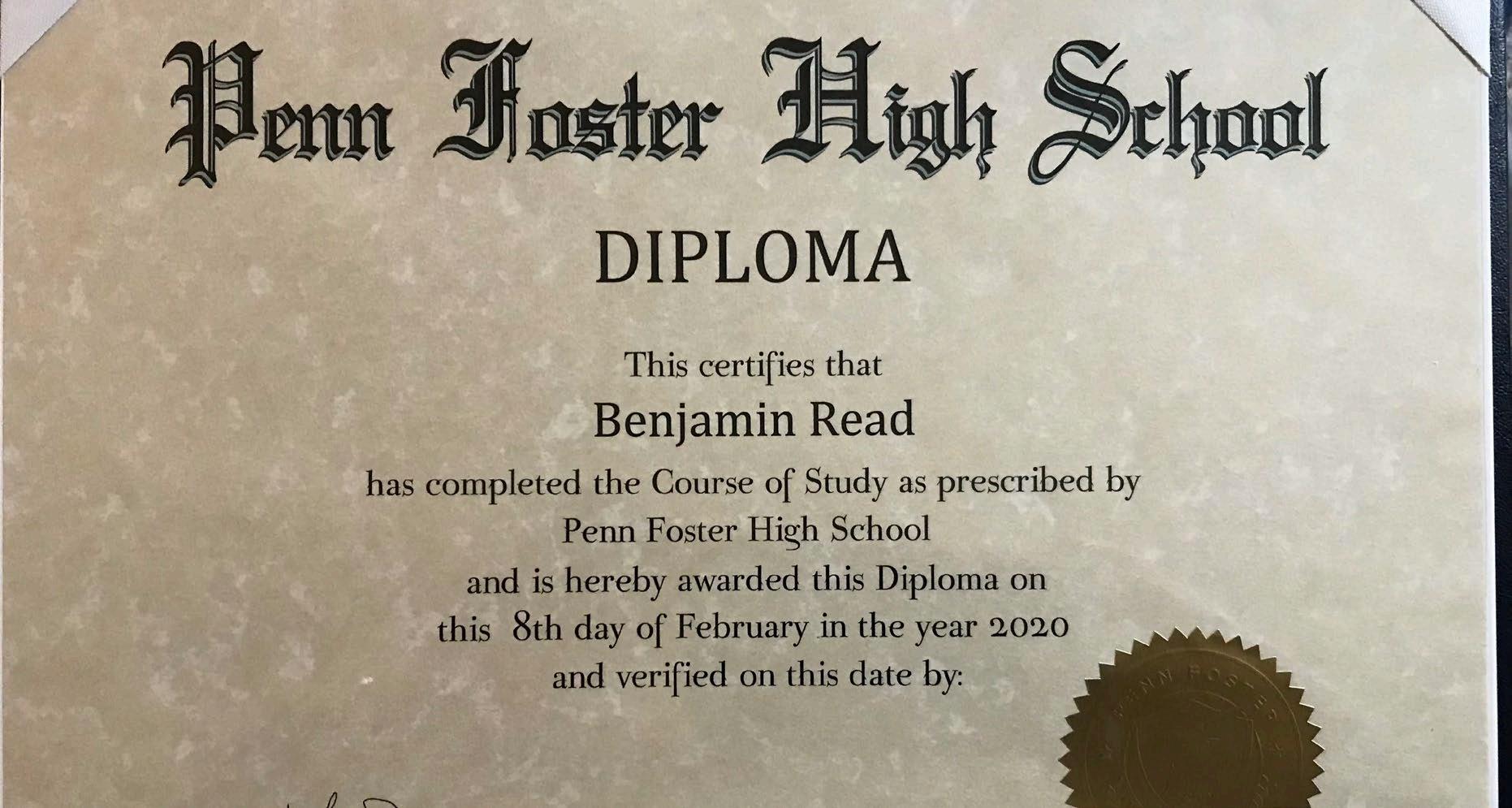
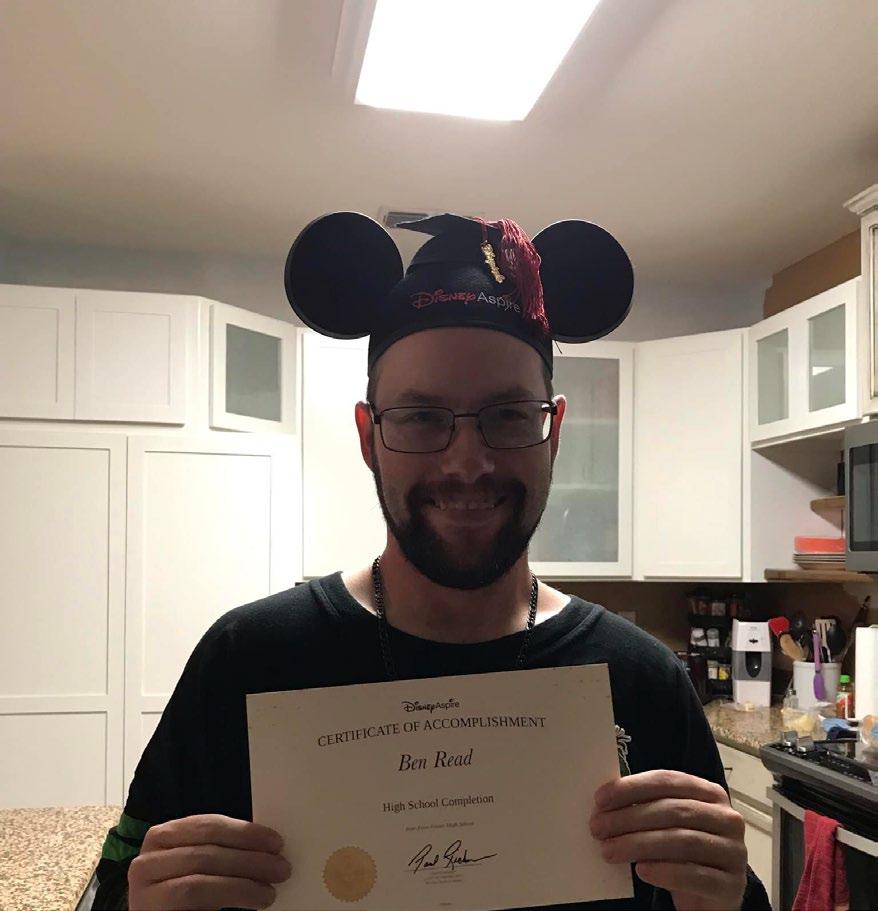


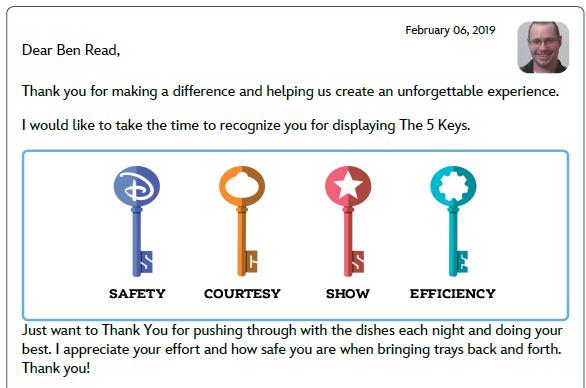
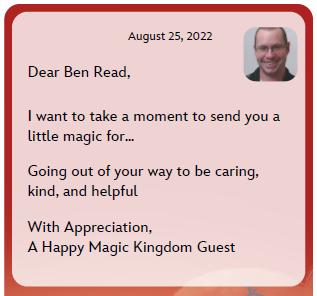
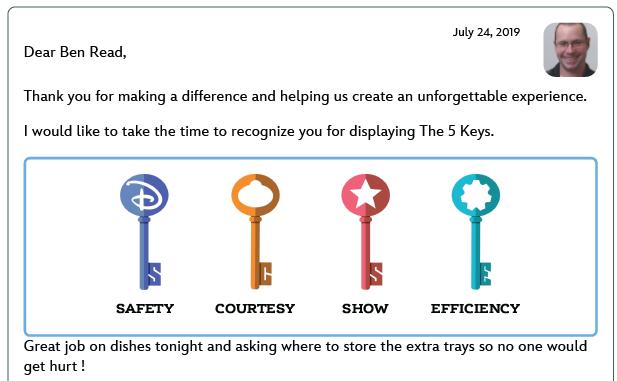
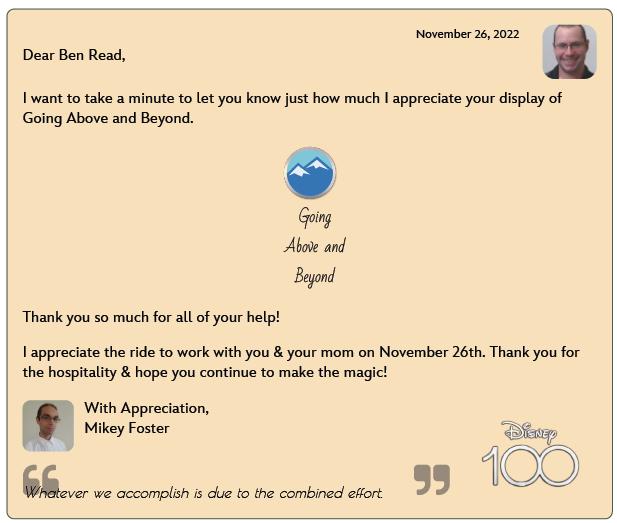
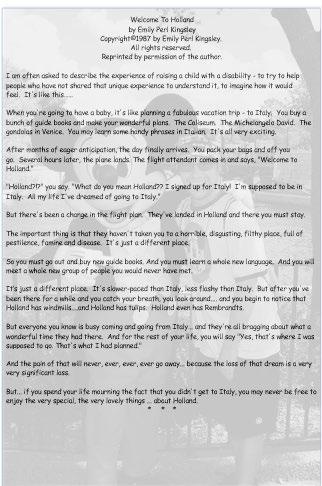

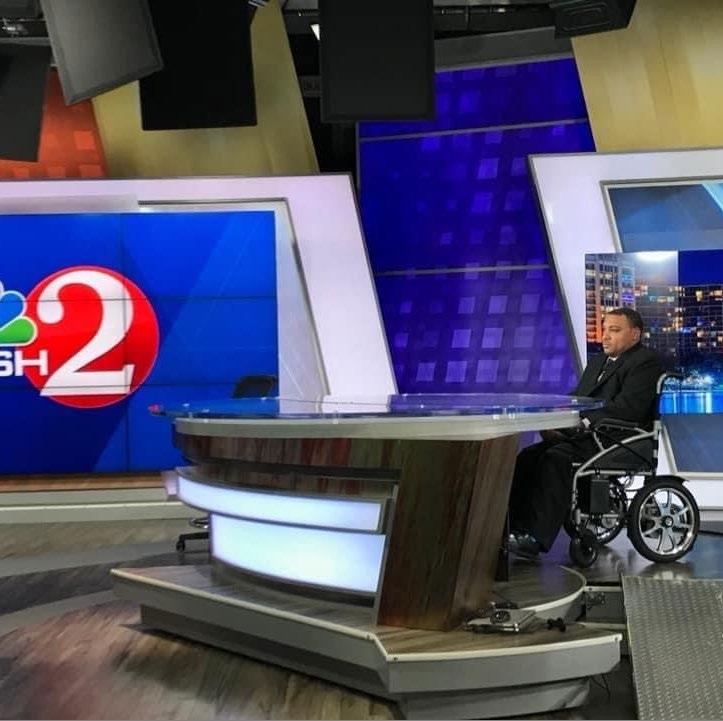
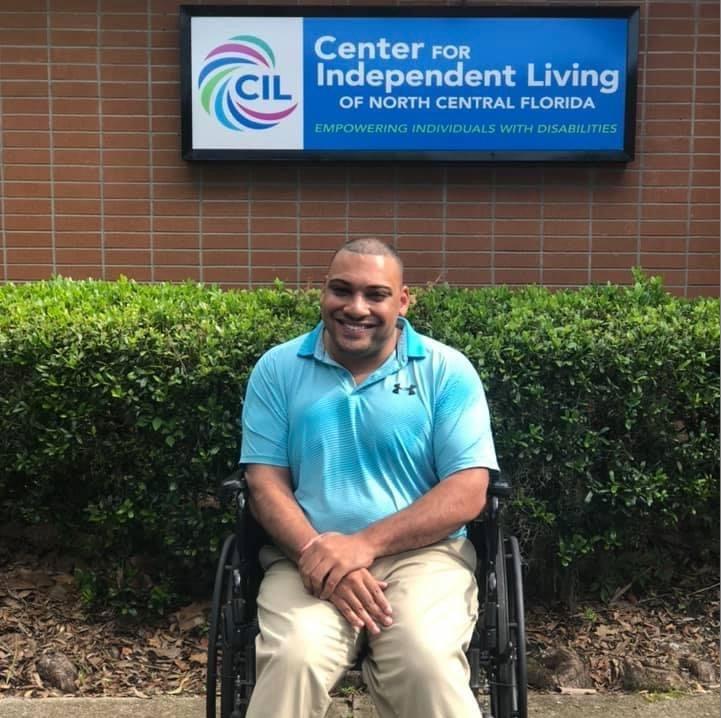
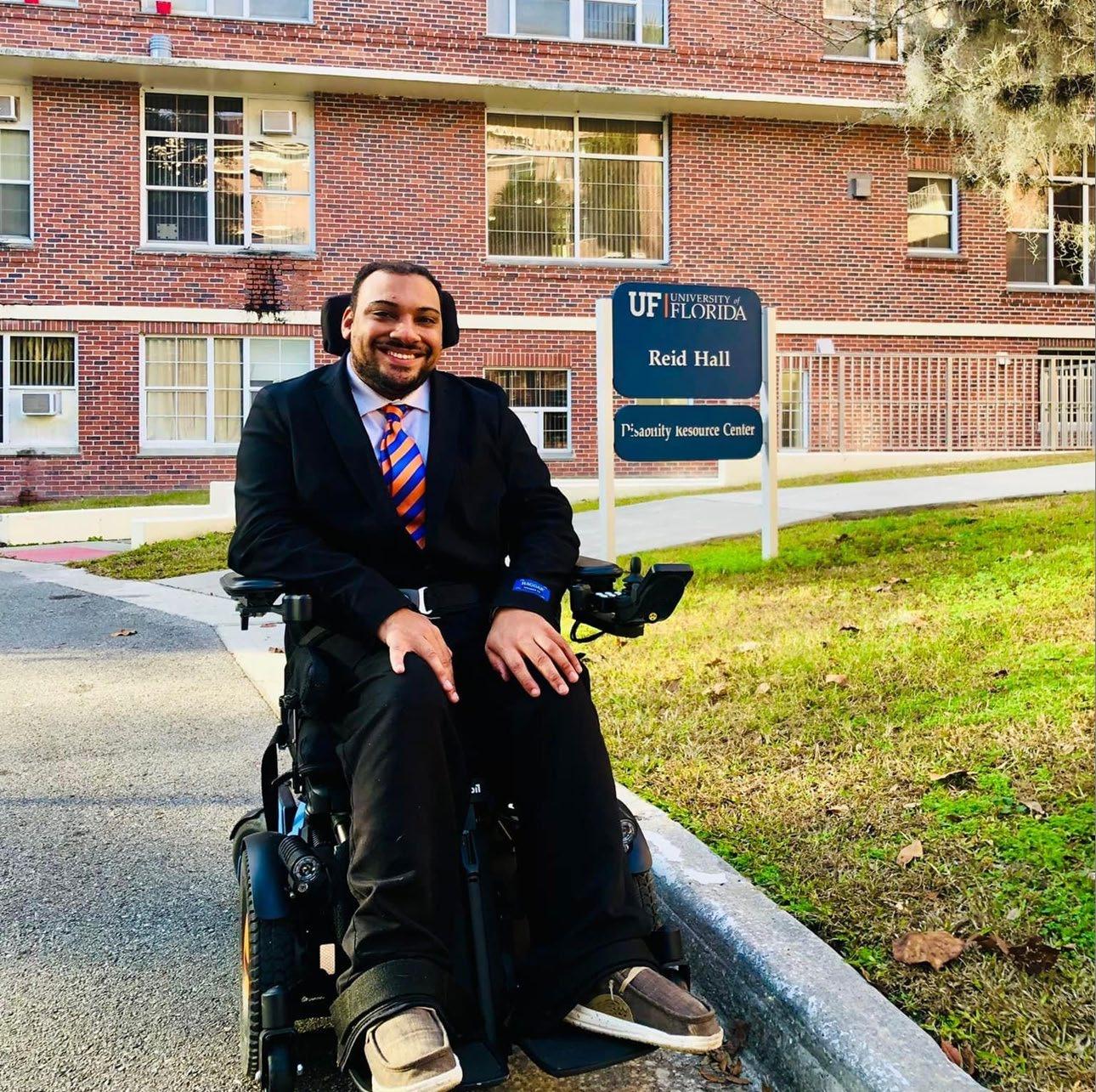
• Give interviewee copy of the interview questions
• Hard copy or digital
• Place chairs of the interview setting against the wall; everyone may choose where they would like to sit
• Closed captions for all videos/virtual meetings
•
•
•
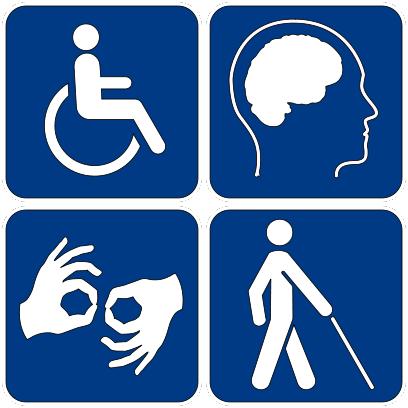

Accessibility Specialist
University of Florida Disability Resource Center
Email: dees.allen@ufl.edu
Phone: 352-392-8565
All social media platforms
@DrewDeesReports
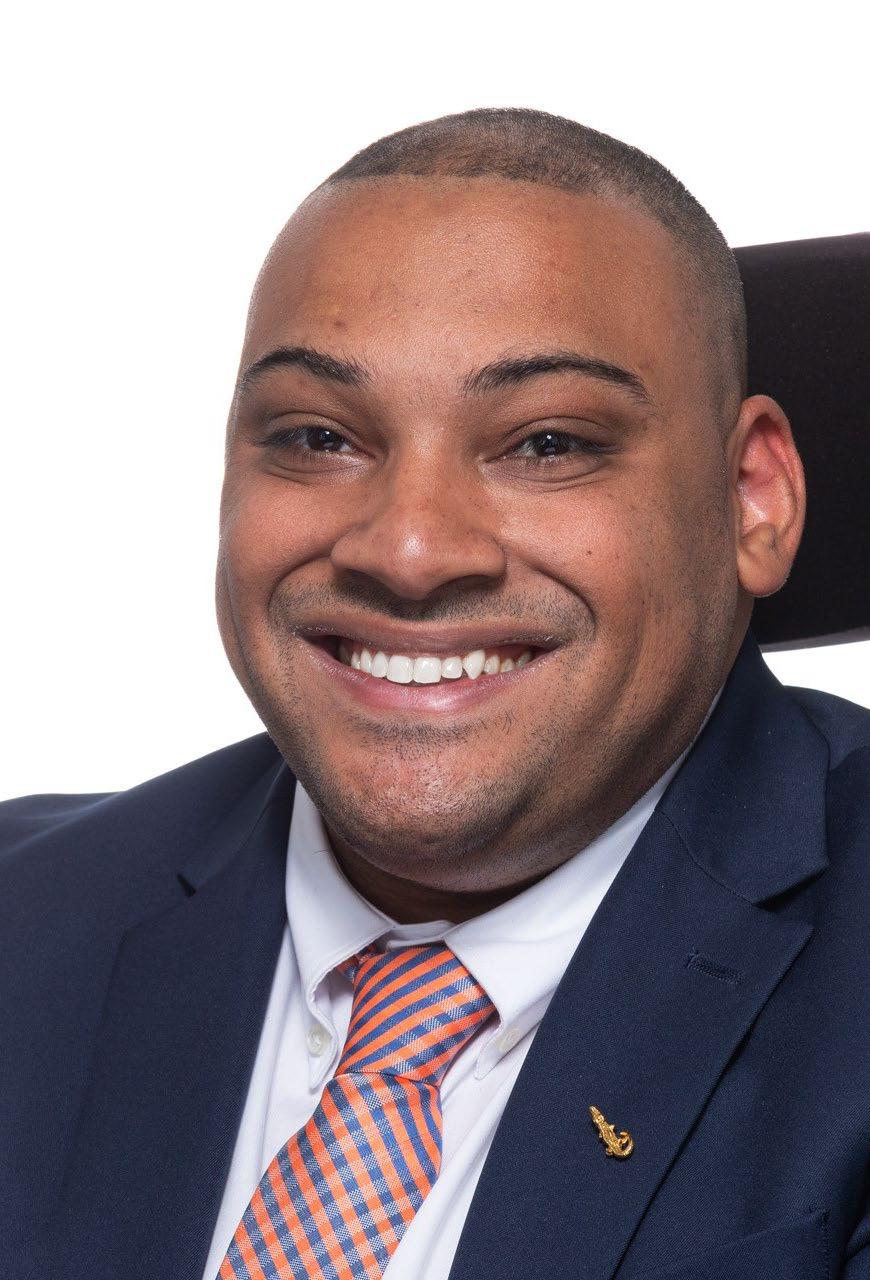
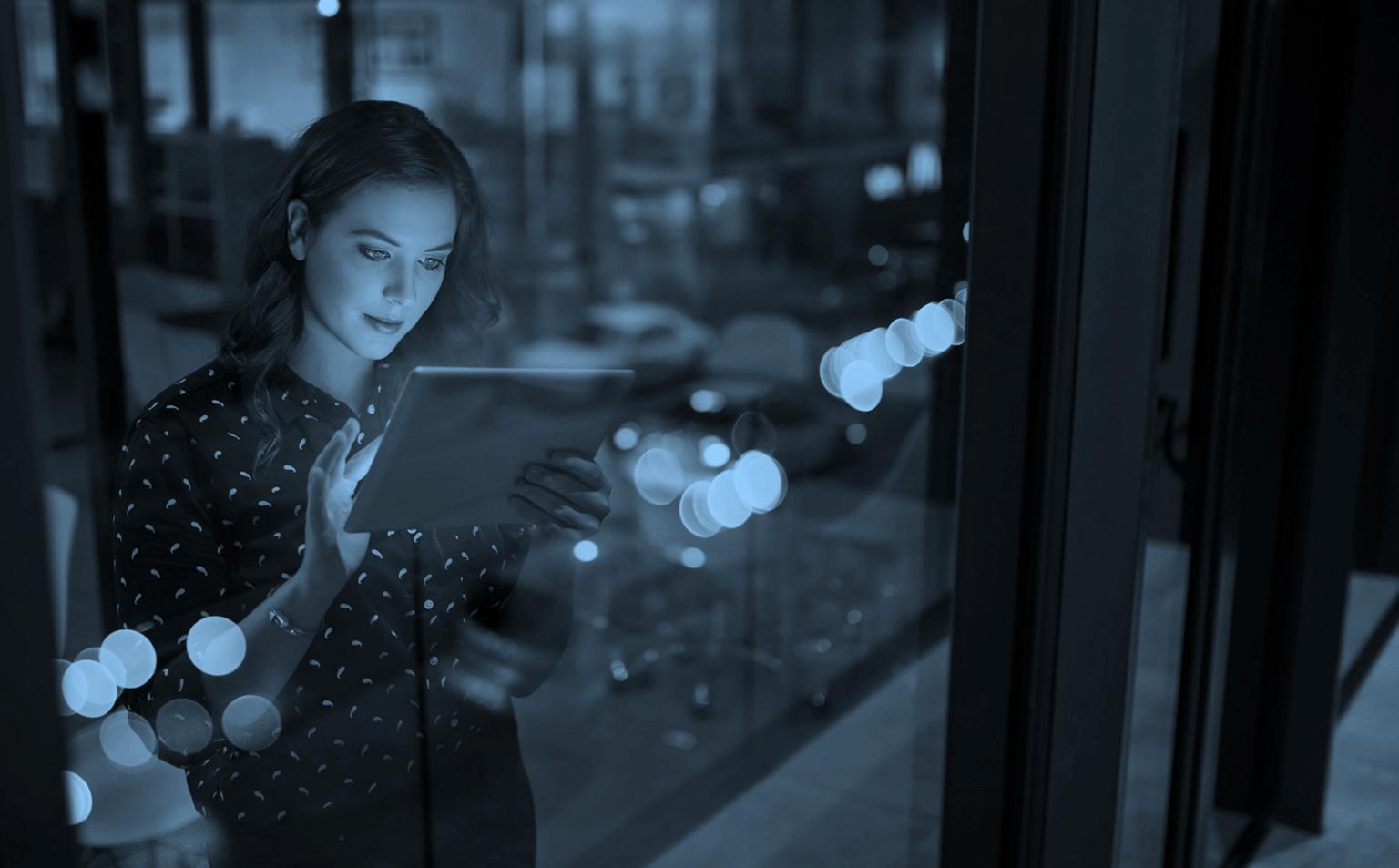

• Accessible and Inclusive Environments (AIE) focuses on bringing all people together through unified accessibility spaces. This research centers on a scope of mapping technologies, such as Arc GIS Pro, to create a 2,000-acre map of The University of Florida.
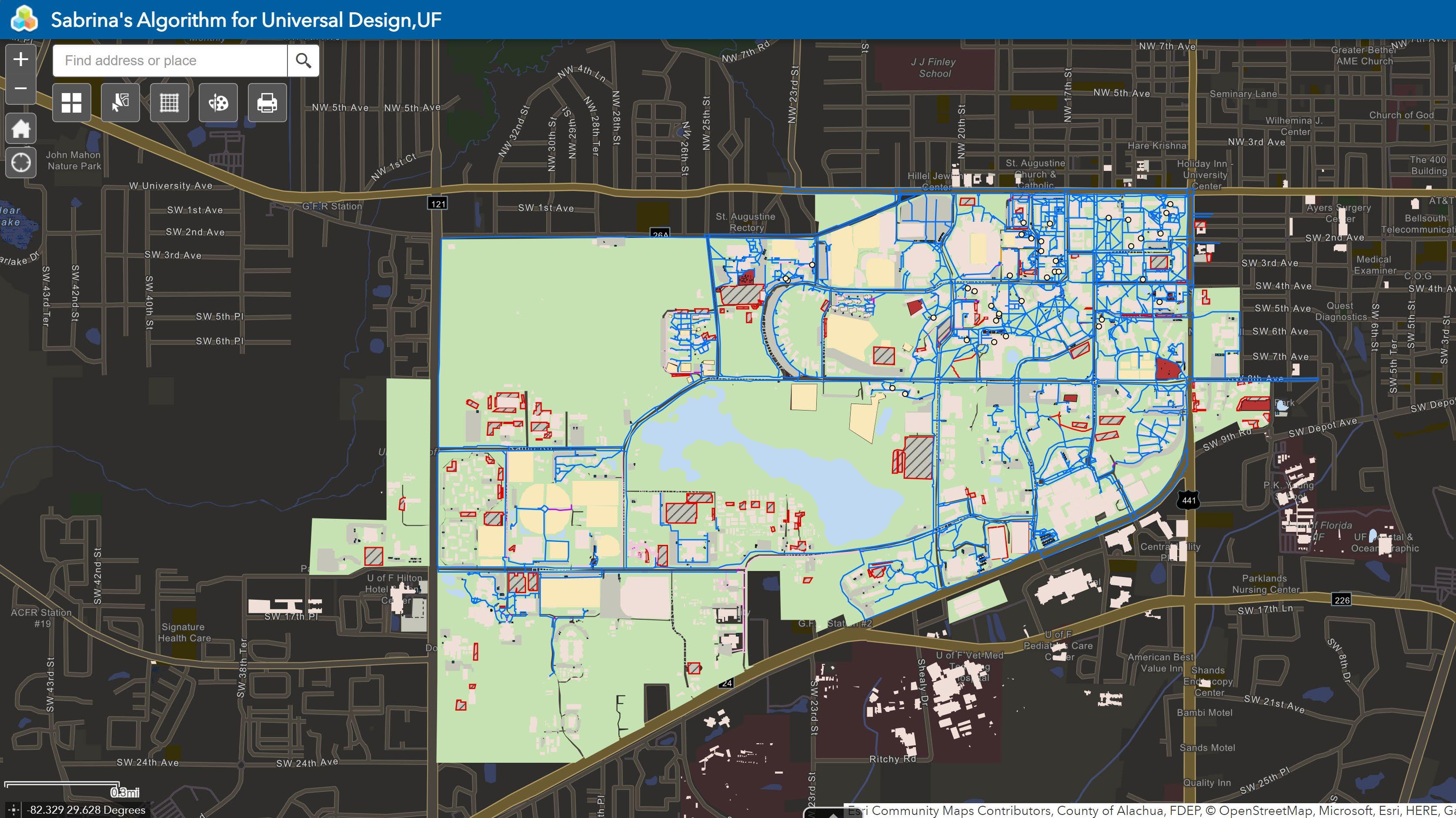
• The scope of research for Universal Design and Equitable Environments, are to evaluate the impacts of the accessible pathways at The University of Florida through planning principals. With mixed research methods and the assessment of accessible seating, inaccessible seating, access to open spaces, pathways, crosswalks, parking lots, and automatic door openings for UF Buildings. The purpose is to examine the physical resources at The University of Florida to create an inclusive environment.
• Current geographical barriers at UF consist of pathways, parking lots, and seating. Barriers can be formed under accidental misconception of the current required standards of ADA. Universal Design is the upcoming standardization for Urban Planning and can generate endless opportunities for people regardless of ability or disability. Addressing the different barriers on campus can provide new perspectives in design.

o Sidewalks
o Suggested Sidewalks
o Accessible Seating
o Inaccessible Seating
o Accessible Pathways
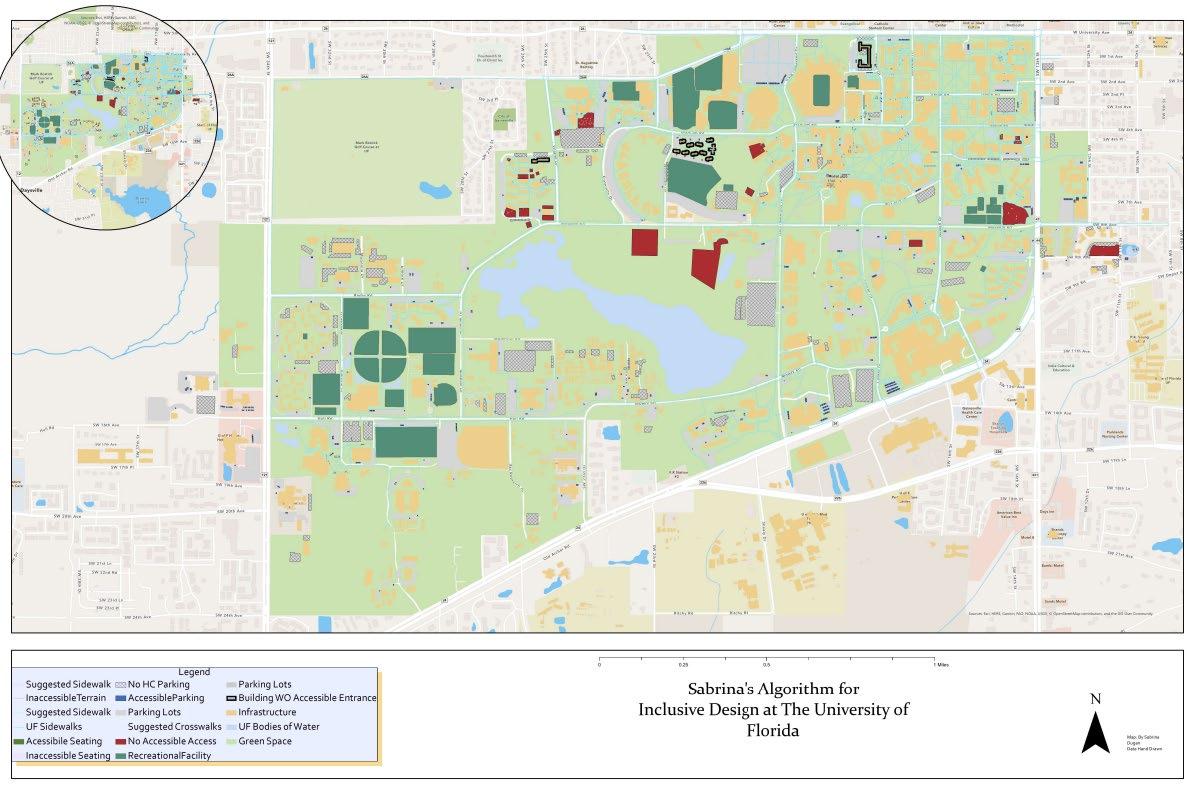
o Inaccessible Pathways
o Compliance Parking
o Inaccessible Compliance Parking
o Accessible Entrance
o Inaccessible Entrance
o No Accessible Access


73% of The University of Florida's Seating
Arrangements are Accessible. This heat map shows the locations of where the most accessible seating arrangements are located on campus.
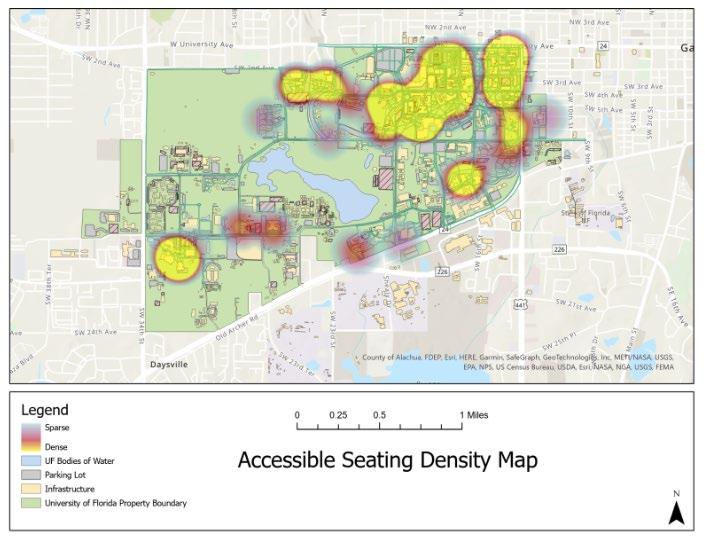
27% of The University of Florida's Seating
Arrangements are Inaccessible. This heat map shows the locations of where the most inaccessible seating arrangements are located on campus.
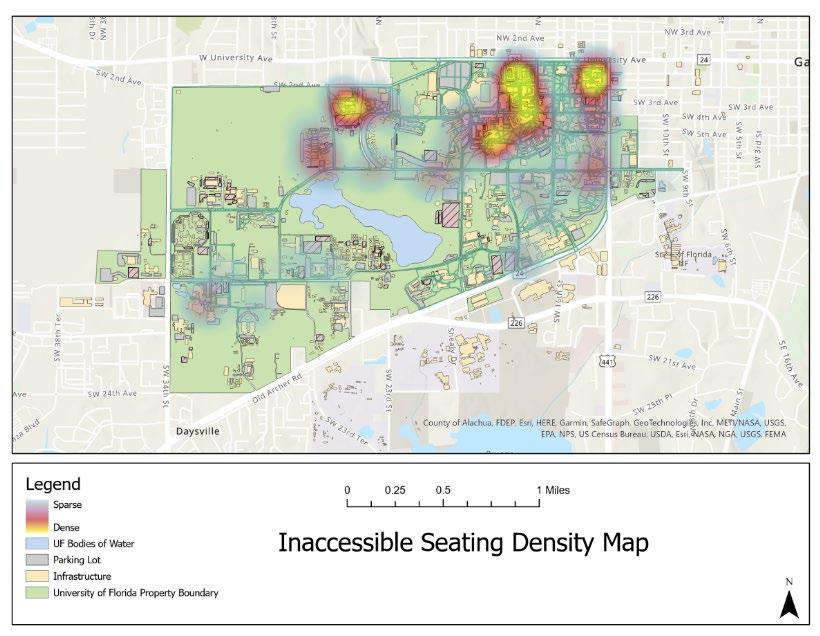


Based on the Heat Map Analysis we can see certain areas that have little to no accessible seats. By comparing the two maps you can identify that there are areas shown without any density or sparse identification on both maps, this means that those areas have no seating arrangements at all.


1) Understand: The needs of all users seating necessities for a user-friendly equitable use opportunity
2) Flexibility: In seating usage, create adjustable seating arrangements for people to have structure when necessary.
3) Simple: Keeping the space straight to the point and uncomplicated and consistency throughout all seating arrangement adjustments. Removing barriers or unnecessary landscaped obstacles that can intervene in the path to the seating arrangement.
4) Perceptible Information: Placing brail on the side arm to allow the user to feel what they could be seeing, describing the view from the seating arrangement.
5) Tolerance for Error: Provide sensory guidance to seating arrangements.
6) Low Physical Effort: Proper height to meet the standard wheelchair user height, making the transferring from one chair to the other more accessible.
7) Size and Space for Approach: The movability of creating the centralized structure to a more open seating space depending on the user necessities. With the adequate space for use of assistive devices.
Key AIE Attributes:
o Sidewalks
o Suggested Sidewalks
o Accessible Seating
o Inaccessible Seating
o Accessible Pathways
o Inaccessible Pathways
o Compliance Parking
o Inaccessible Compliance Parking
o Accessible Entrance
o Inaccessible Entrance
Design concepts and models that are reviewed, analyzed, and tested with all users is a great way to receive feedback on site design.

the natural variation in human brains most often associated with cognitive function
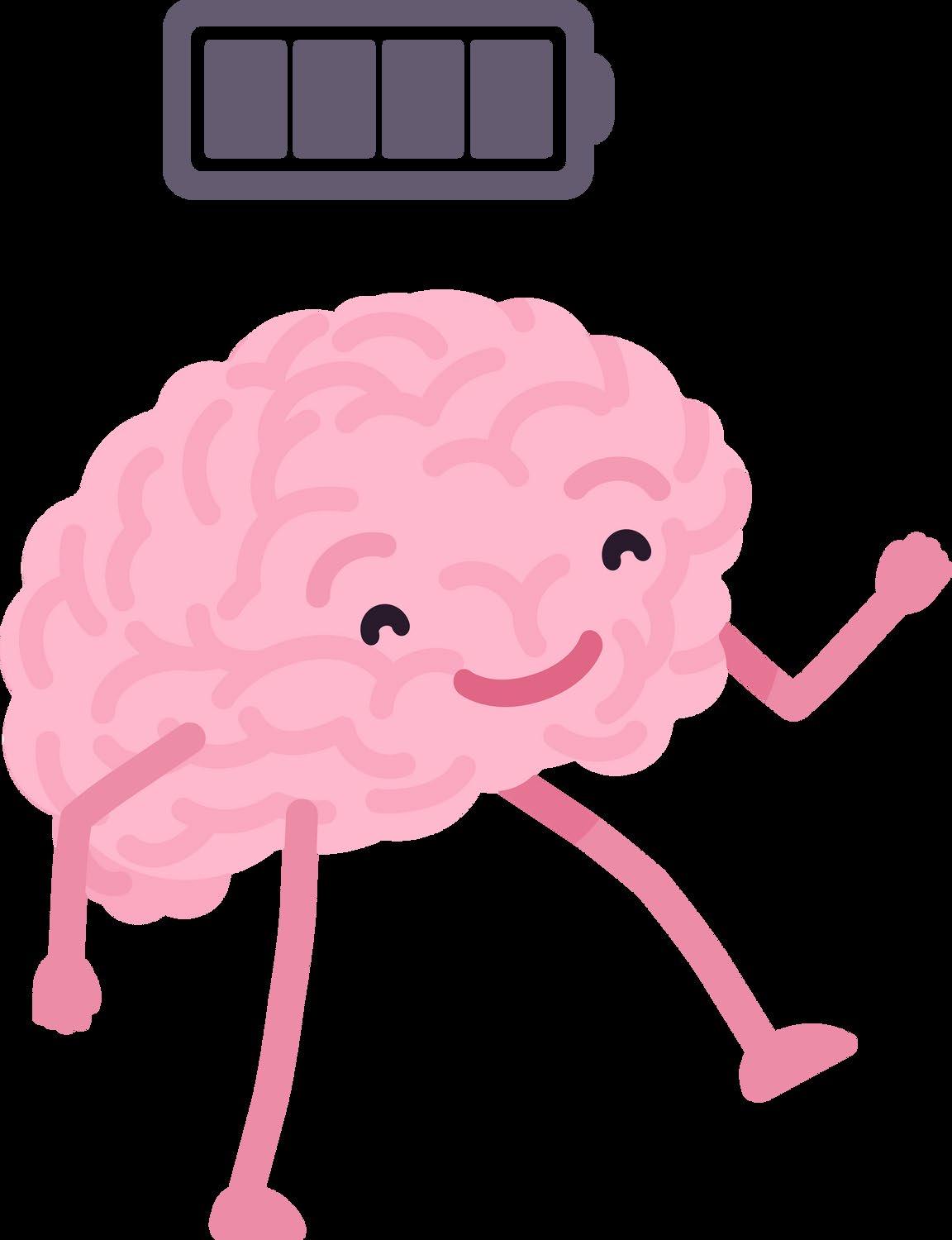

20% of Adults in the US are Neurodiverse
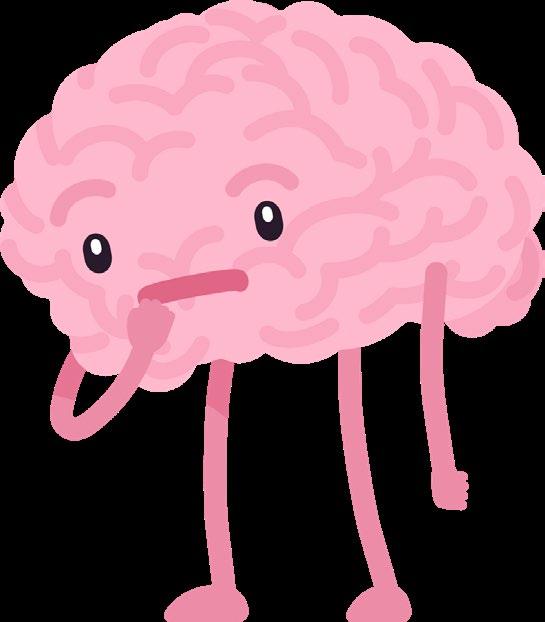
The Future of Diversity, Equity, Inclusion and Belonging 2023. HR.com
Partnership for Workplace Mental Health
7% Adults in the US w/ ADHD
<1:6 Adults w/ Autism employed FT
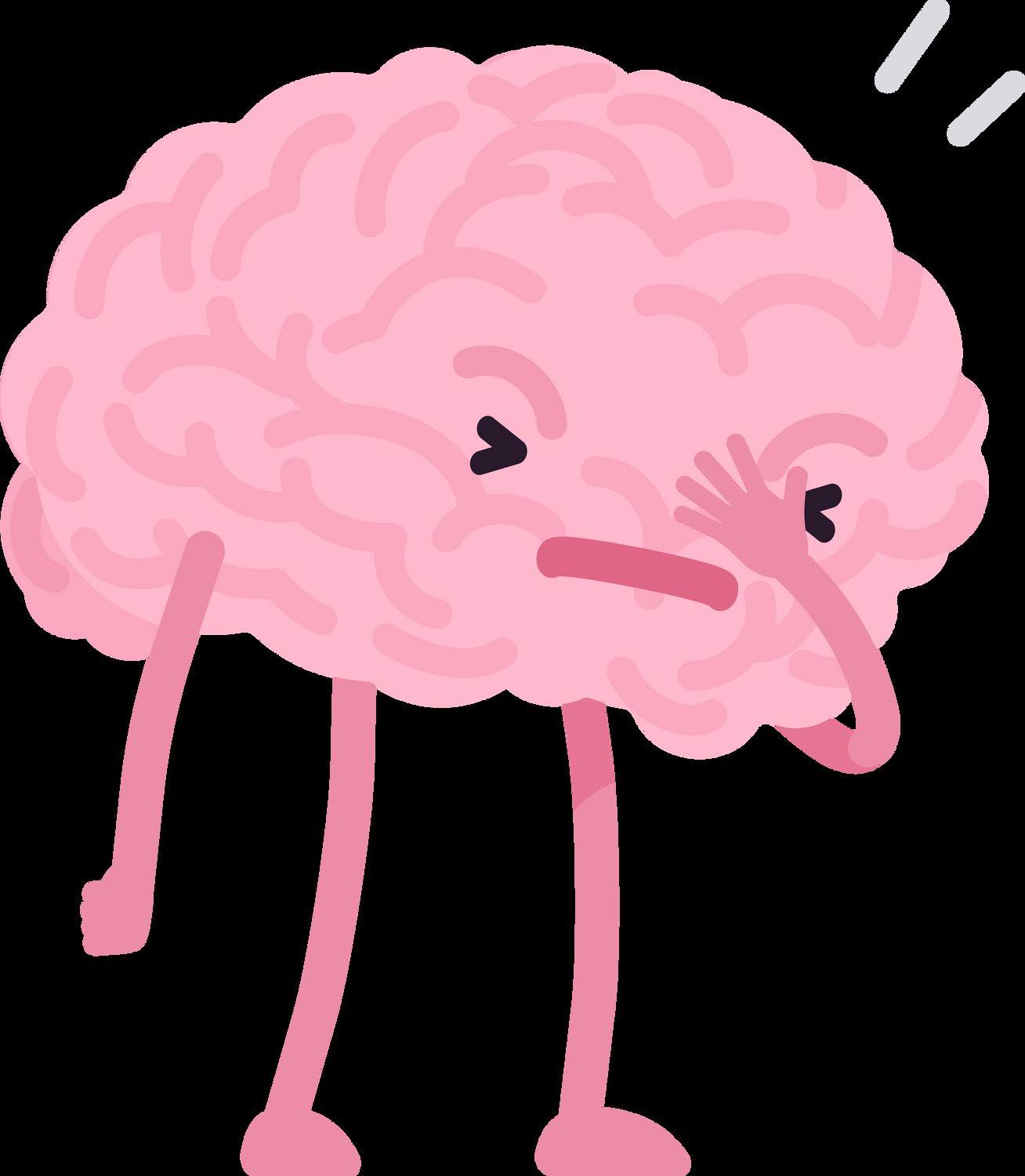
DISCRIMINATORY SKILLS & ABILITIES
INTERVIEWING REQUIREMENTS
ON-SITE REQUIREMENT
DISABILITY
DISCLOSURE
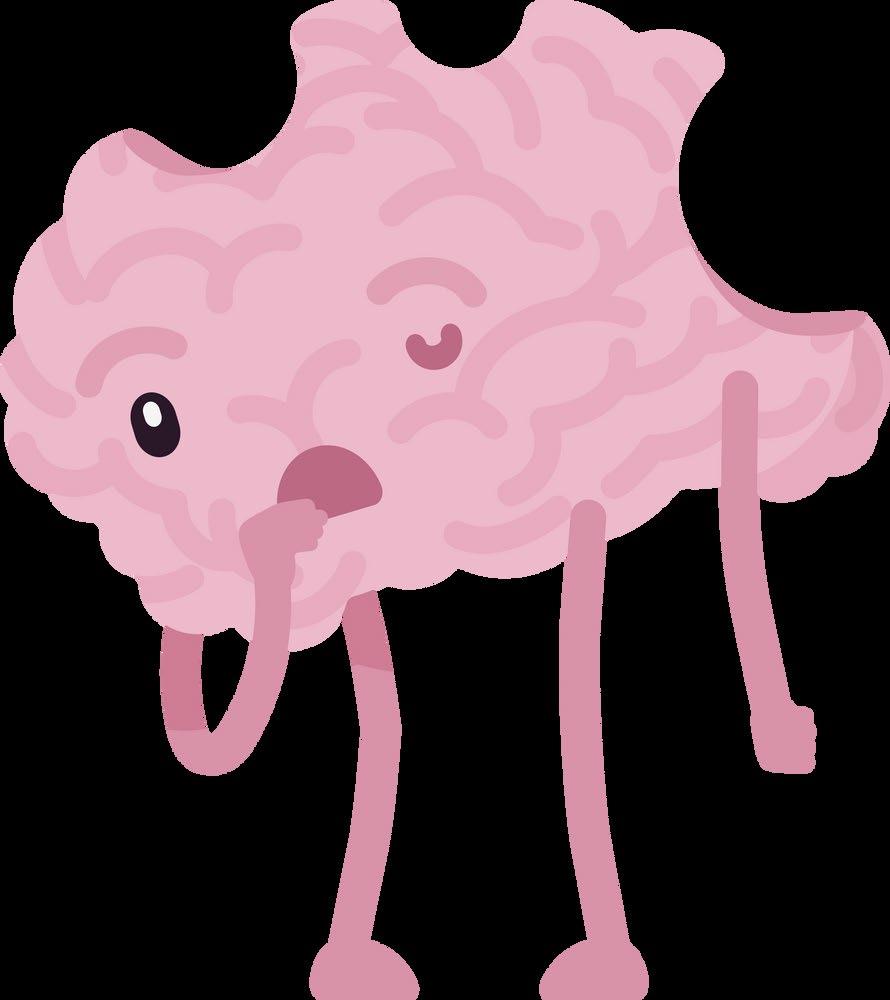
Disabilities include, but are not limited to:
Alcohol or other substance use disorder (not currently using drugs illegally)
Autoimmune disorder, for example, lupus, fibromyalgia, rheumatoid arthritis, HIV/AIDS
Blind or low vision
Cancer (past or present)
Cardiovascular or heart disease
Celiac disease
Cerebral palsy
Deaf or serious difficulty hearing
Diabetes
Please check one of the boxes below:
• YES, I HAVE A DISABILITY OR HAVE HAD ONE IN THE PAST
• NO, I DO NOT HAVE A DISABILITY AND HAVE NOT HAD ONE IN THE PAST
• I DO NOT WANT TO ANSWER
Disfigurement, for example, disfigurement caused by burns, wounds, accidents, or congenital disorders
Epilepsy or other seizure disorder
Gastrointestinal disorders, for example, Crohn's Disease, irritable bowel syndrome
Intellectual or developmental disability
Mental health conditions, for example, depression, bipolar disorder, anxiety disorder, schizophrenia, PTSD
Missing limbs or partially missing limbs
Mobility impairment, benefiting from the use of a wheelchair, scooter, walker, leg brace(s) and/or other supports
Nervous system condition, for example, migraine headaches, Parkinson’s disease, multiple sclerosis (MS)
Neurodivergence, for example, attention-deficit/hyperactivity disorder f(ADHD), autism spectrum disorder, dyslexia, dyspraxia, other
learning disabilities
Partial or complete paralysis (any cause)
Pulmonary or respiratory conditions, for example, tuberculosis, asthma, emphysema
Short stature (dwarfism)
Traumatic brain injury
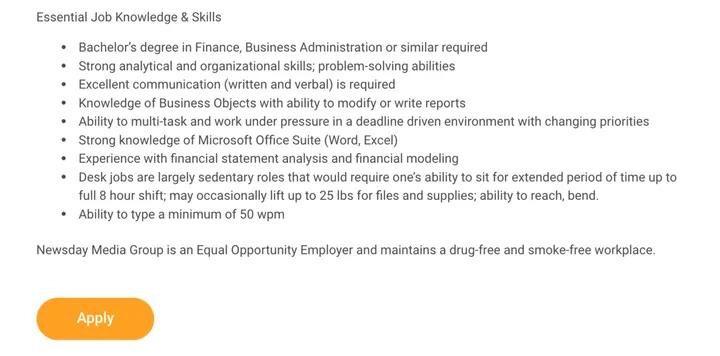
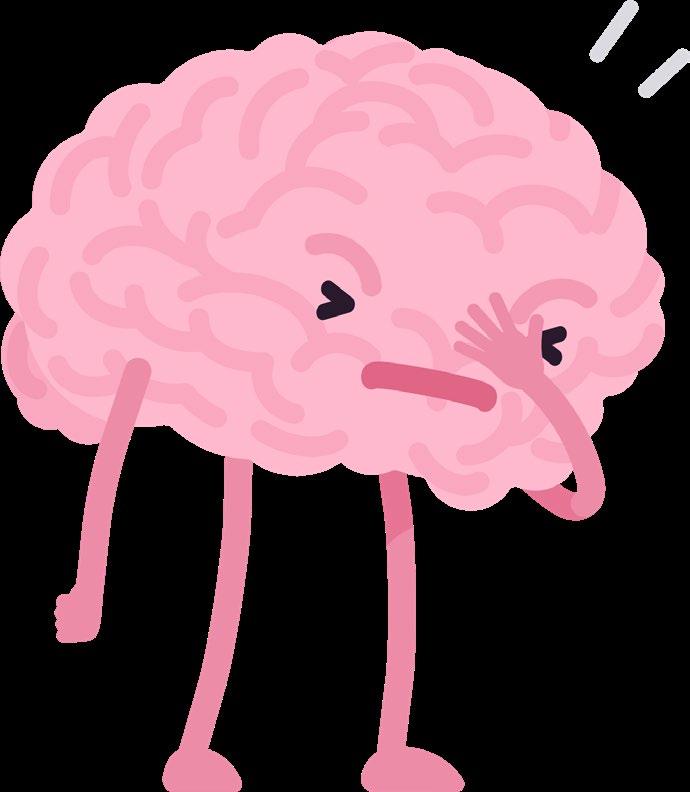
DISCRIMINATION

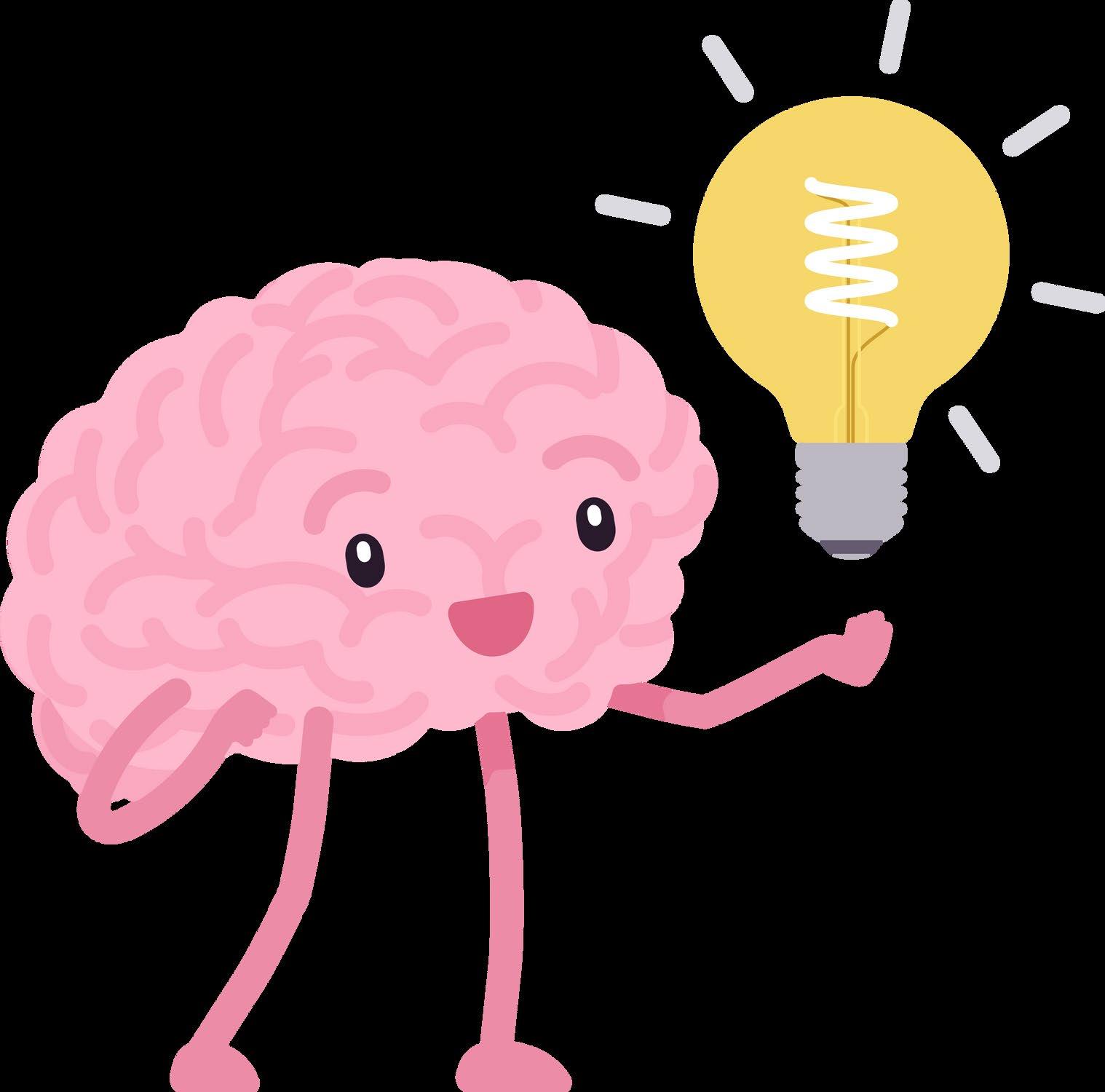
CAST A WIDER NET
REWRITE JOB
TRAIN
MANAGEMENT
ALTERNATIVE INTERVIEWING
FLEXIBLE WORK STRATEGY
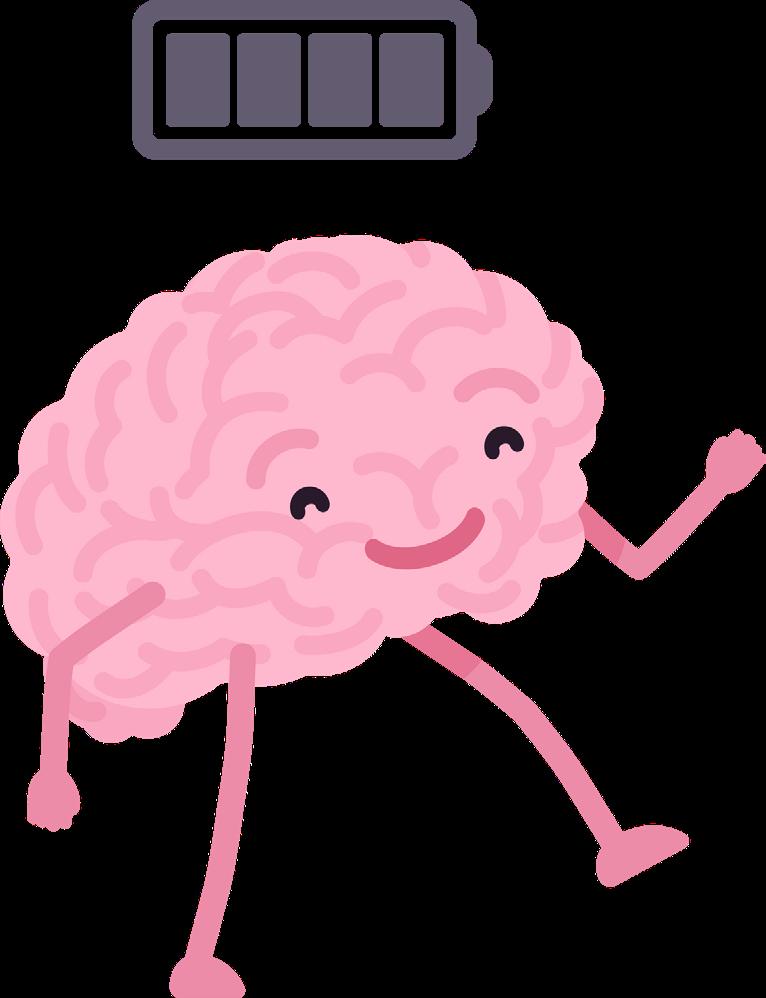
ENGAGE
CONSISTENTLY
productivity gains
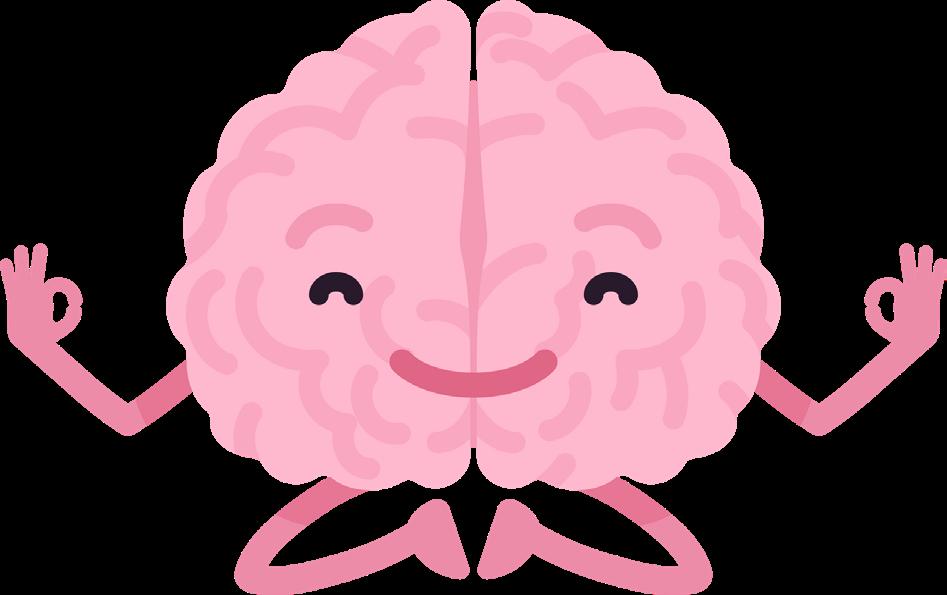
quality improvements
boosts in innovative capabilities
broad increases in employee engagement
Harvard Business Review